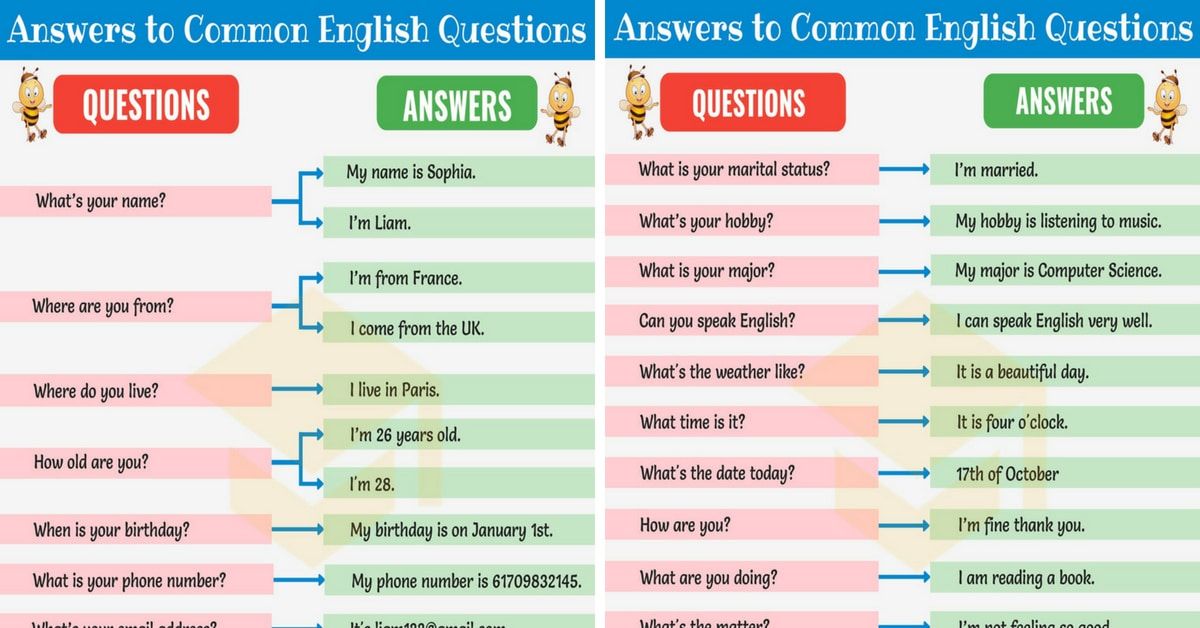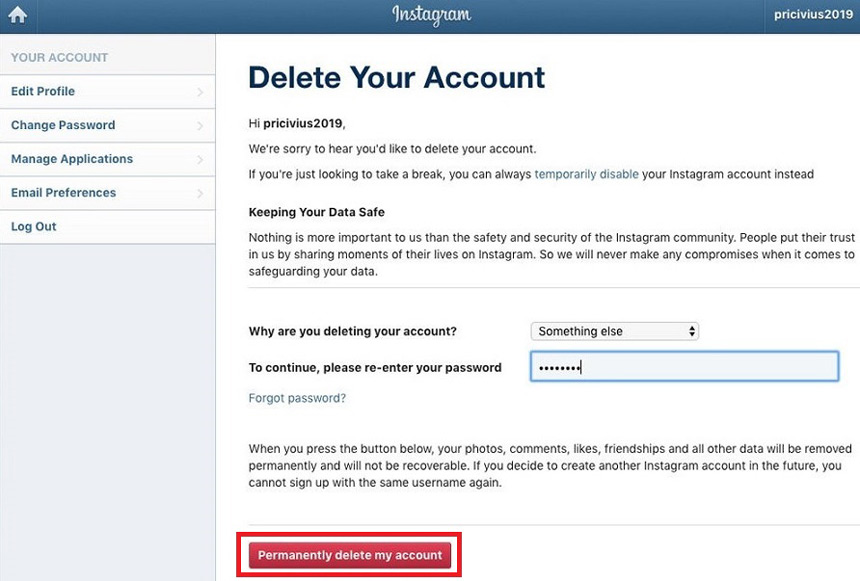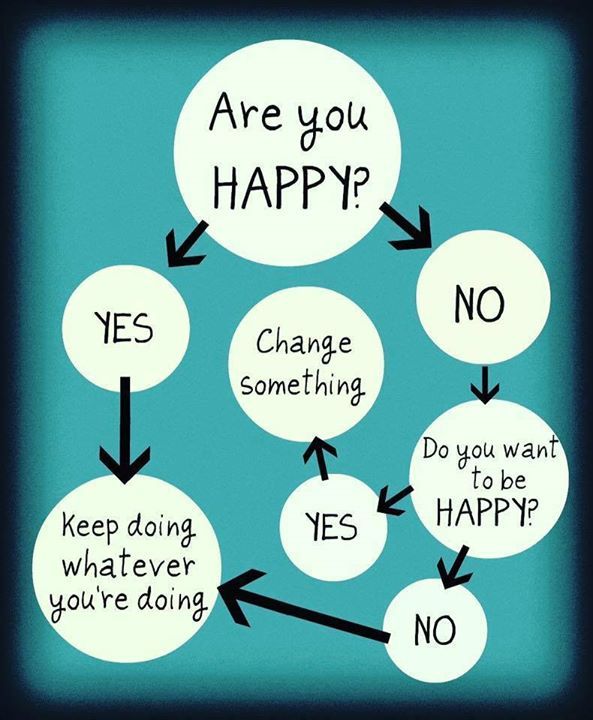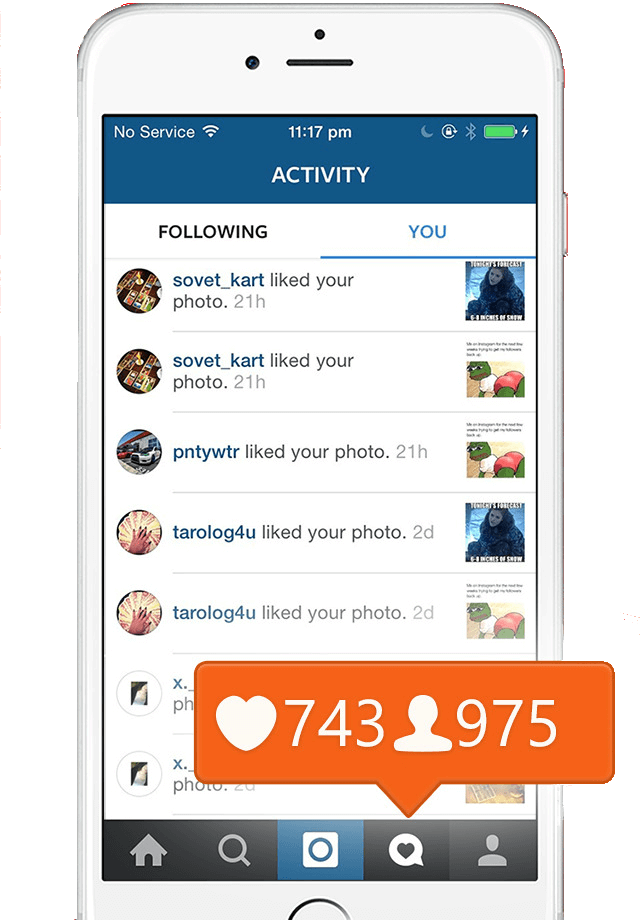How to work with influencers on instagram
How to Work With Influencers
Influencer marketing, also known as branded content or working with creators, is a surefire way to expand the reach of your brand on social media.
There’s no one-size-fits-all approach to making this strategy work, but with the right planning and research, just about every business can benefit. Let’s look at how to make a social media influencer program work for you.
1. Determine your goals
2. Know who you’re trying to influence
3. Understand the rules
4. Consider the three Rs of influence
5. Compile a short list of influencers
6. Do your research
7. Reach out privately, and personally
8. Collaborate with your influencer to develop effective content
9. Measure your results
Bonus: Get the influencer marketing strategy template to easily plan your next campaign and choose the best social media influencer to work with.
What is influencer marketing?
At its simplest, an influencer is someone who can influence others. In influencer marketing, a form of social media marketing, brands pay that person to promote their product or service to their followers.
Celebrity endorsements were the original form of influencer marketing. But in today’s digital world, social content creators with niche audiences can often offer more value to brands. These smaller accounts often have very engaged followers on social media.
So, a social media influencer is someone who wields their influence through social media. When you hire an influencer to promote your products or services, that’s influencer marketing.
Almost three-quarters (72.5%) of U.S marketers will use some form of influencer marketing this year — and that number is only going up over time.
Not convinced that advertising with influencers can lead to real business results? Civic Science found that 14% of 18-to-24-year-olds and 11% of millennials had bought something within the last six months because a blogger or influencer recommended it.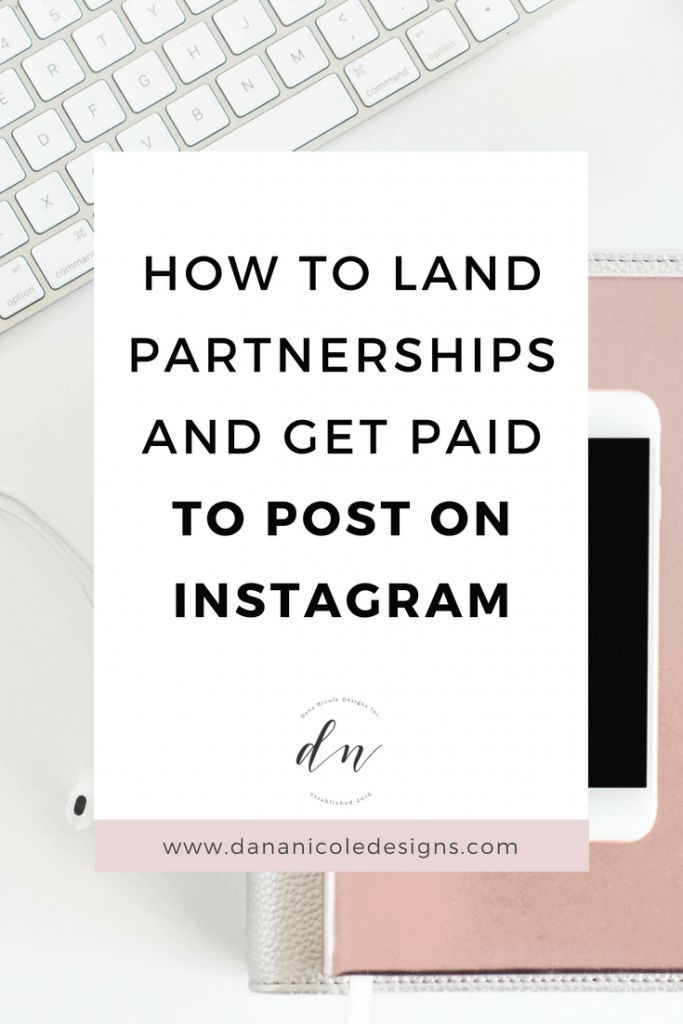
For now, Instagram remains the platform of choice for social influencers. According to eMarketer’s estimates, 76.6% of U.S. marketers will use Instagram for their influencer campaigns in 2023. But keep an eye on TikTok.
Source: eMarketer
While only 36% of U.S. marketers used TikTok for influencer campaigns in 2020, almost 50% will do so in 2023. That would make TikTok the third-most popular influencer marketing platform in 2023.
For example, with over 192,000 followers, creator Viviane Audi works with brands like Walmart and DSW on TikTok:
@vivianeaudiStyling my favorite Nike sneakers from DSW!! @dsw @nike All linked in bio! #sneakerheads #sneakerlover #ad
♬ Beautiful Leyes – NOLAN
Types of social media influencers
When you think “influencer,” does the Kardashian-Jenner family pop immediately to mind?
Source: @kyliejenner on Instagram
While these famous sisters are certainly some of the top social media marketing influencers, not all influencers are celebrities.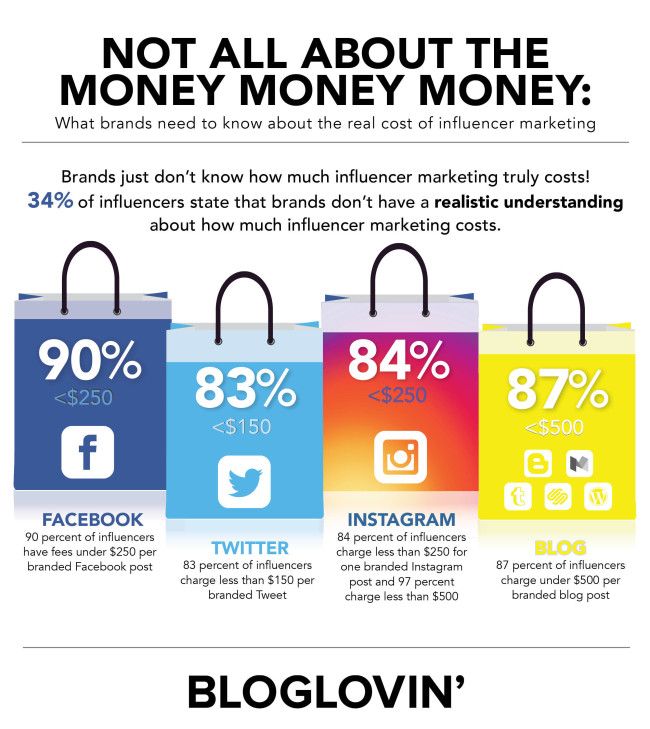
In fact, for many brands, influencers with a smaller but dedicated or niche follower base might be more effective. Influencers with 15,000 followers have some of the highest engagement rates on all platforms*. The cost, of course, can also be much lower.
Let’s look at the different types of Instagram influencers based on audience size. There’s no strict cut-off for audience size, but generally the types of influencers are broken down as:
Nano-influencersNano-influencers have 10,000 followers or fewer, like mommy blogger Lindsay Gallimore (8.3K followers)
Micro-influencers
View this post on Instagram
A post shared by Lindsay Gallimore/Maman Loup (@mamanloupsden)
Micro-influencers have 10,000 to 100,000 followers, like lifestyle blogger Sharon Mendelaoui (13.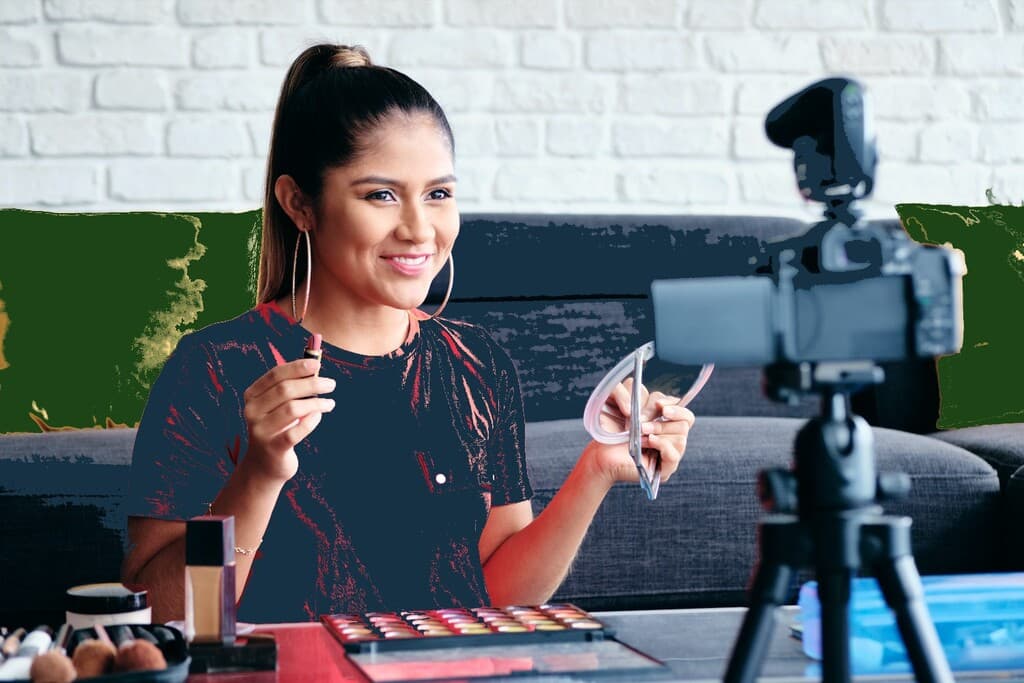 5K followers)
5K followers)
Macro-influencersView this post on Instagram
A post shared by Sharon Mendelaoui | Writer (@dailydream360)
Macro-influencers have 100,000 to 1 million followers, like food and travel creator Jean Lee (115K followers)
View this post on Instagram
A post shared by Jean Lee❤️Eat-Drink-Travel-Live (@jeaniuseats)
Mega-influencers
Mega-influencers have 1 million+ followers, like TikTok star Savannah LaBrant (28.3M followers)
@savv.labrant
Spa day!👧 Code 15HYDROBOOST for 15% off @neutrogena_us’s Hydro Boost products on @amazon! These are for Moms only ;) #MyNeutrogenaMoment #ad
♬ original sound – Savannah LaBrant
How much does social influencer marketing cost?
Influencers with extensive reach rightly expect to be paid for their work. Free product might work with nano-influencers, but a larger influencer campaign requires a budget.
For large brands working with celebrity influencers, that budget may be quite large. U.S. spending on influencer marketing, for example, is set to top $4 billion in 2022.
Source: eMarketer
Think about what kind of payment structure makes the most sense for your goals. But be willing to consider the influencer’s needs, too. For example, an affiliate or commission structure might be an option instead of a flat fee, or to reduce the flat fee.
In fact, 9.3% of U.S. influencers said affiliate marketing (through affiliate links and promo codes) was their top source of income.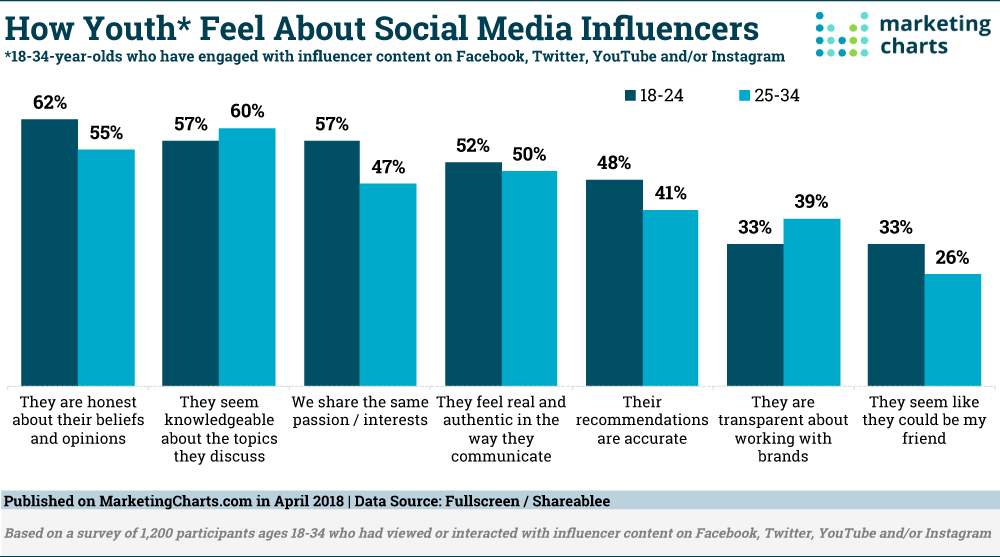
That said, the most common baseline pricing formula for influencers’ Instagram posts is:
$100 x 10,000 followers + extras = total rate
What are the extras? Check out our post on influencer pricing for all the details.
Remember that micro-influencers and nano-influencers will have more flexible payment terms.
How to create an influencer marketing strategy
1. Determine your goals
The number-one goal for brands using influencer marketing is to reach new target customers. This makes sense, since an influencer campaign extends your reach to that person’s followers.
Notice that the goal is simply to reach new customers, not necessarily to make a sale right off the top. Driving sales is actually the third most common goal of influencer marketing campaigns, after increasing brand awareness and product consideration.
Source: Advertiser Perceptions
Think about how your influencer marketing plan will fit into your broader social media marketing strategy and create measurable goals you can report on and track.
We’ve got a whole blog post on goal-setting strategies to get you started.
Bonus: Get the influencer marketing strategy template to easily plan your next campaign and choose the best social media influencer to work with.
Get the free template now!
2. Know who you’re trying to influence
An effective influencer marketing strategy requires you to speak to the right people using the right tools—and the right influencers.
The first step is to define who your audience will be for this specific campaign.
Developing audience personas is a great way to make sure you understand who you’re trying to reach. Maybe you’re trying to reach more of your current audience—or an entirely new audience.
Once you’ve decided, create a matching set of influencer personas. This will help you understand the qualities you’re looking for in your influencers.
3. Understand the rules
Before you dive into influencer marketing, it’s important to understand the rules.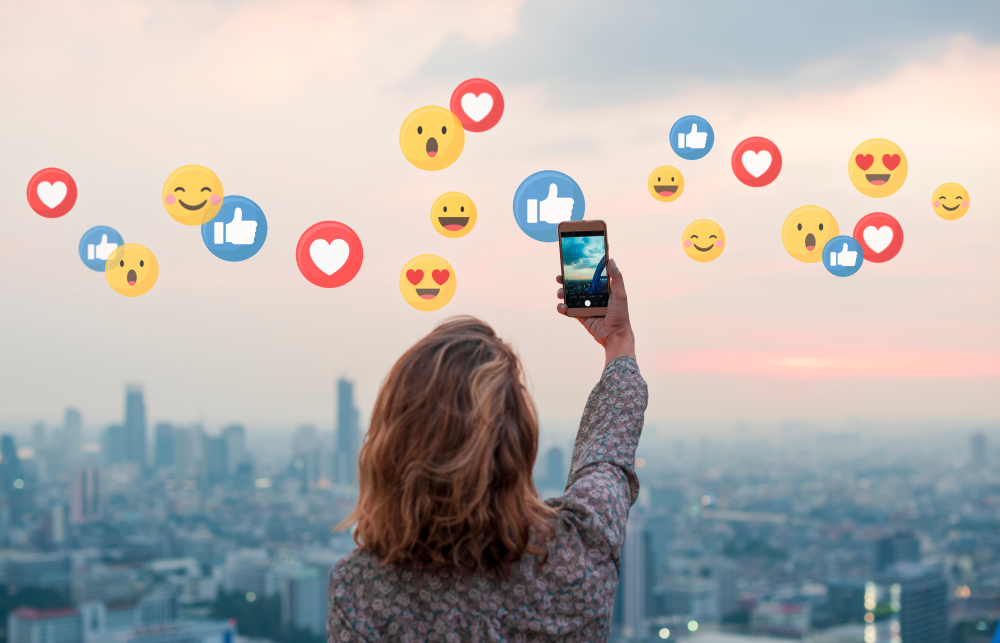 In the United States, those rules come from the Federal Trade Commission.
In the United States, those rules come from the Federal Trade Commission.
The FTC takes disclosure very seriously. Make sure you build disclosure guidelines into your agreements with influencers.
Influencers must identify sponsored posts. However, they do not always do so. Or they might do so in such a subtle way that the disclosure is effectively hidden or incomprehensible.
In the UK, for example, the Competition and Markets Authority (CMA) investigated “hidden advertising” on Instagram and pressed parent company Facebook to commit to changes that make disclosure easier and more clear.
The specific rules vary slightly by country, so be sure to check the most current requirements in your jurisdiction. For the most part, you just need to be clear and upfront so viewers understand when a post is sponsored in any way.
Here are some key points from the FTC:
- Video reviews must include both written and verbal disclosure of the partnership. It must be within the video itself (not just the description).
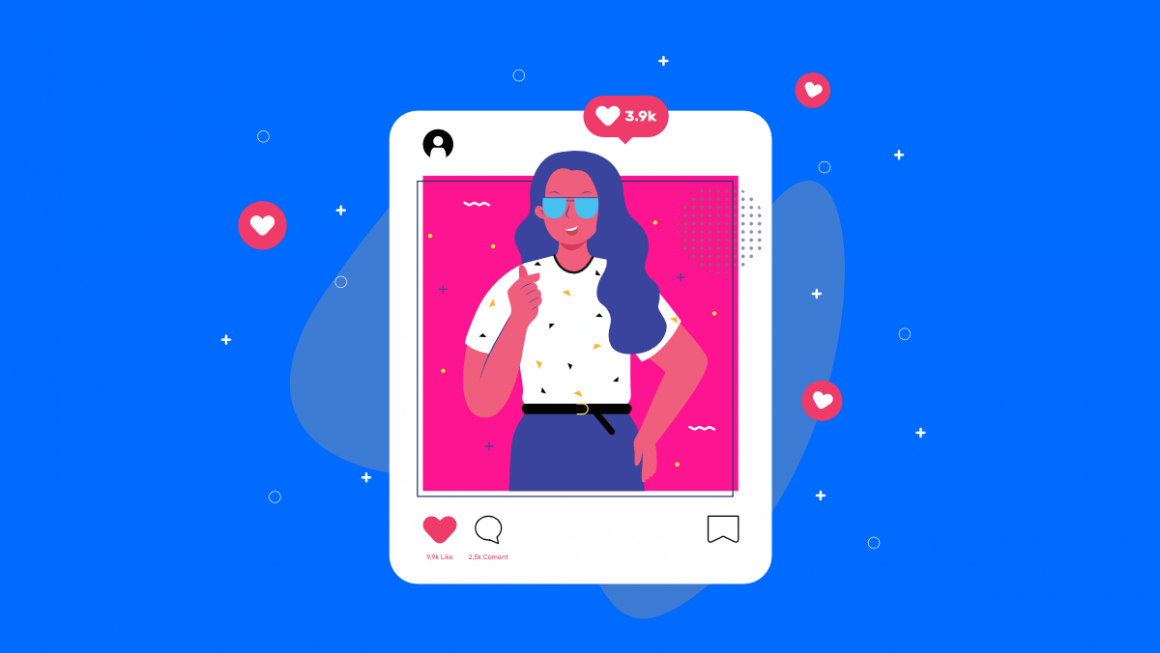
- The built-in tools on social media platforms alone are not enough. However, you should still use them. Instagram itself now specifies that any branded content (aka influencer marketing) on the platform must use the Branded Content tag to identify the relationship. This adds the text “Paid partnership with [your brand name]” in the post header.
- #ad and #sponsored are great hashtags to use for disclosure. But make sure they’re highly visible and not just tacked on to the need of a long string of tags.
That last point is an important one. Some influencers may be wary about putting the #ad or #sponsored hashtag right up front. But that’s where it needs to be.
Influencers: If "#ad" is mixed in with links or other hashtags at the end of a post, some readers may just skip over it. Be sure to place "#ad," or "#Sponsored," or another easily understood disclosure where it easily noticed and understood.
Learn more: https://t.co/oDk34TTSxb pic.twitter.com/dB9kj5qlzO
— FTC (@FTC) November 23, 2020
4. Consider the three Rs of influence
Influence is made up of three components:
- Relevance
- Reach
- Resonance
Relevance
A relevant influencer shares content relevant to your business and industry. They need to have an audience that aligns with your target audience.
For example, to showcase their inclusive swimsuit sizing, Adore Me partnered with body positive creator Remi Bader.
@remibaderYou wanted to see the back of my bathing suits.. here it is! @adoreme #adoremeambassador
♬ original sound – Remi Jo
With 3.2 million views on Bader’s TikTok and more than 8,800 likes on her Instagram Reels, the video exposed the line to an impressive organic audience of dedicated followers.
Adore Me also used Bader’s content to create an Instagram ad combined with an Instant Experience. That influencer ad campaign drove a 25% increase in subscription opt-in with a 16% lower cost per customer than their usual Instagram ad campaigns.
Reach
Reach is the number of people you could potentially reach through the influencer’s follower base. Remember: a small audience can be effective, but you need to make sure there’s enough of a following to align with your goals.
Resonance
This is the potential level of engagement the influencer can create with an audience relevant to your brand.
Not to belabour the point, but bigger isn’t always better. As we said above, a huge follower count is meaningless if those followers aren’t interested in your offer. Niche influencers, on the other hand, can have very dedicated and engaged followers.
5. Compile a short list of influencers
When thinking about who you want to work with, the key is trust.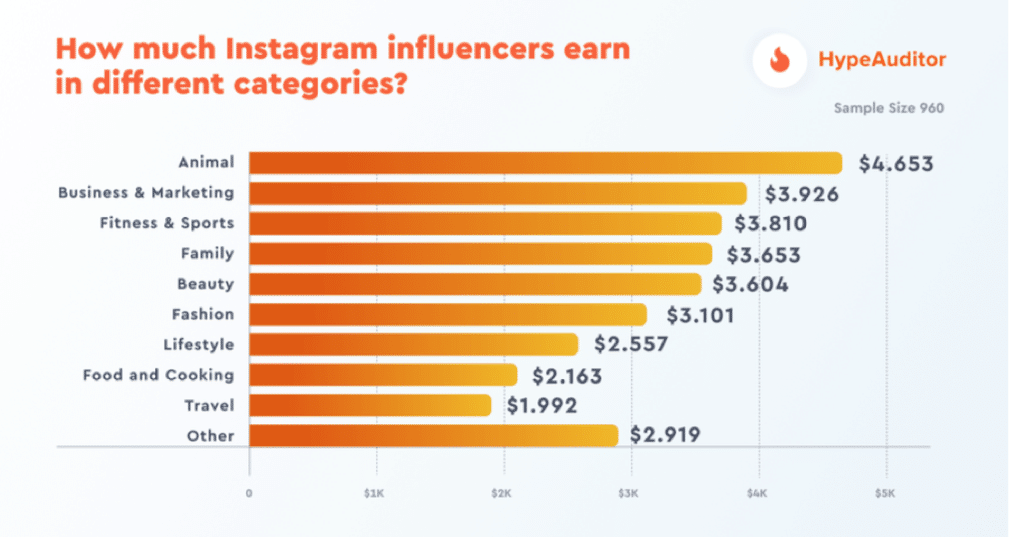 Your audience must trust and respect the opinions of the influencers you partner with. Without the trust component, any results will be superficial. You’ll struggle to see a tangible business impact from your efforts.
Your audience must trust and respect the opinions of the influencers you partner with. Without the trust component, any results will be superficial. You’ll struggle to see a tangible business impact from your efforts.
How do you tell if your potential influencer is trusted? Engagement. You want to see plenty of views, likes, comments, and shares. Specifically, you want to see these from the precise follower segments you’re trying to reach.
A good engagement rate also means a loyal following, rather than an inflated follower count bolstered by bots and fraud accounts. You need to find someone who’s producing content with a look and feel that complements your own.
The tone must also be appropriate for the way you want to present your brand to potential customers. This will ensure things don’t feel disjointed in either party’s social media posts.
6. Do your research
Take a look at what your potential influencers are posting. How often are they sharing sponsored content?
If they’re already hitting followers with tons of paid posts, their engagement rate may not last.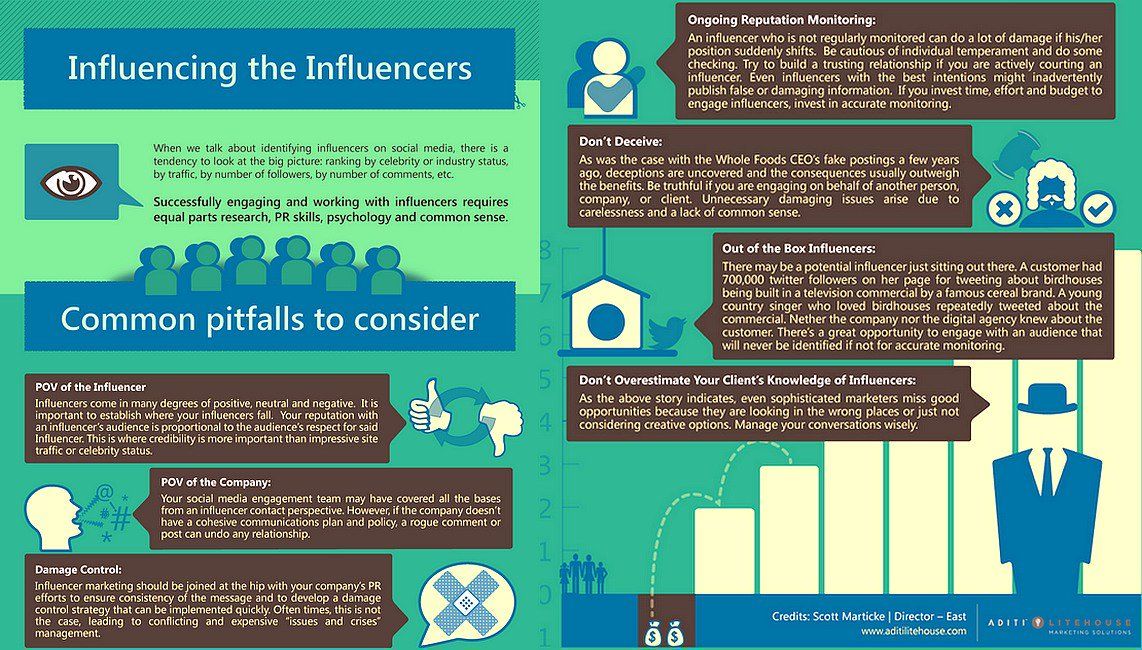 Look for plenty of organic, non-paid content to keep followers interested, enthusiastic, and engaged.
Look for plenty of organic, non-paid content to keep followers interested, enthusiastic, and engaged.
Keep this in mind when thinking about what you’ll ask the influencer to post, as well. Asking for too many posts in a short timeframe will make your offer hard for the influencer to accept, even if it comes with a large paycheck.
In-demand influencers get lots of offers. When you first approach an influencer, you’ll need to show that you’ve put in the time to learn what they do.
Make sure you know exactly what their channels are about and who their audience is.
7. Reach out privately, and personally
Start your communication with a new potential partner slowly by interacting organically with their posts. Like their content. Comment when appropriate. Be appreciative, not salesly.
When you’re ready to suggest a partnership, a direct message is a great place to start. If you can find an email address, try that too. But don’t send a mass email or generic DM.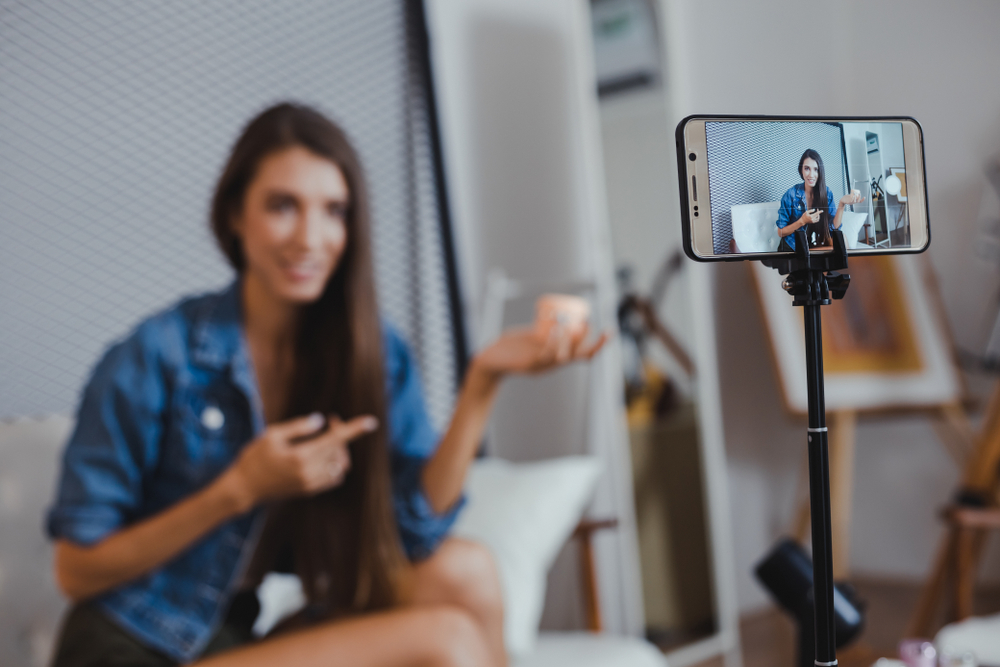
It may take a little longer to write a personal message to each influencer. But, it will show you’re serious about the potential partnership. This will in turn increase your chances of striking a deal.
Provide as much information as you can about your brand. Tell them what you hope to accomplish with your Instagram campaign. Make it clear how the influencer will benefit, beyond the paycheck.
One key thing to keep in mind during this process: You may not actually want to use the word “influencer” when reaching out to potential partners. Content creators prefer to be called just that—creators—and may view “influencer” as a bit of an insult that belittles their work.
8. Collaborate with your influencer to develop effective content
A social media influencer who has worked hard to build a following will not accept a deal that makes their own personal brand seem inconsistent.
After all, influencers are content creation experts. This is why they prefer to be called creators.![]() You’ll get the best value from their work by allowing them to showcase those skills.
You’ll get the best value from their work by allowing them to showcase those skills.
It’s a good idea to provide some guidelines about what you’re looking for, of course. But don’t expect to stage-manage the entire campaign.
9. Measure your results
When you launch your influencer campaign, it can be tempting to focus on vanity metrics like likes and comments. If your influencer has a much larger following than you do, you might feel a little dazzled by the sheer number of likes that can rack up.
But to measure the effectiveness of a campaign, you have to understand its value in terms of return on investment. Luckily, there are plenty of ways to measure your campaign’s success.
UTM parameters are one way to track the visitors an influencer sends to your website. They can also help measure how much engagement the campaign receives.
When you assign each influencer their own unique links with UTM codes, you’ll get a clear picture of the results.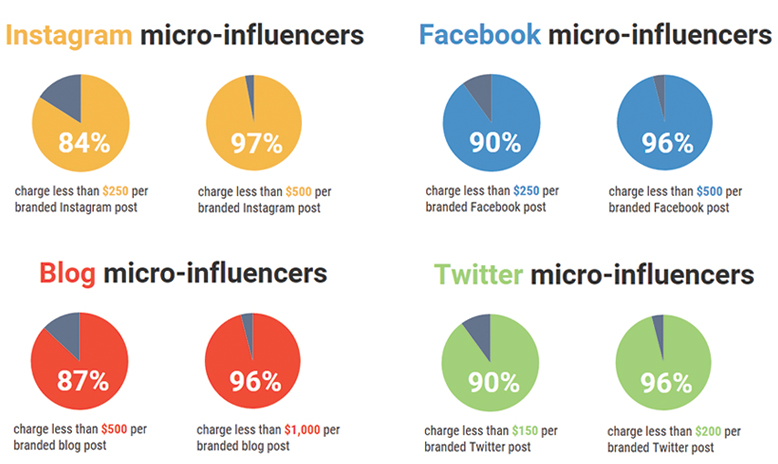 That allows you to calculate the impact on your bottom line.
That allows you to calculate the impact on your bottom line.
View this post on Instagram
A post shared by GO CLEAN CO (@gocleanco)
The “coupon” link referred to in the above influencer’s post likely had a UTM attached to it so that Royale could track how many sales came from it.
Giving influencers their own discount code is another easy way to track the sales they send your way.
If you use the branded content tools on Facebook and Instagram for your influencer campaigns, you’ll get access to insights for both feed and Stories posts. You can access these through Facebook Business Manager.
You could also request that the influencer send you detailed reports on the reach and engagement levels of their posts.
Influencer marketing tools
Now that you’re ready to get started with influencer marketing, here are some tools to make it easier.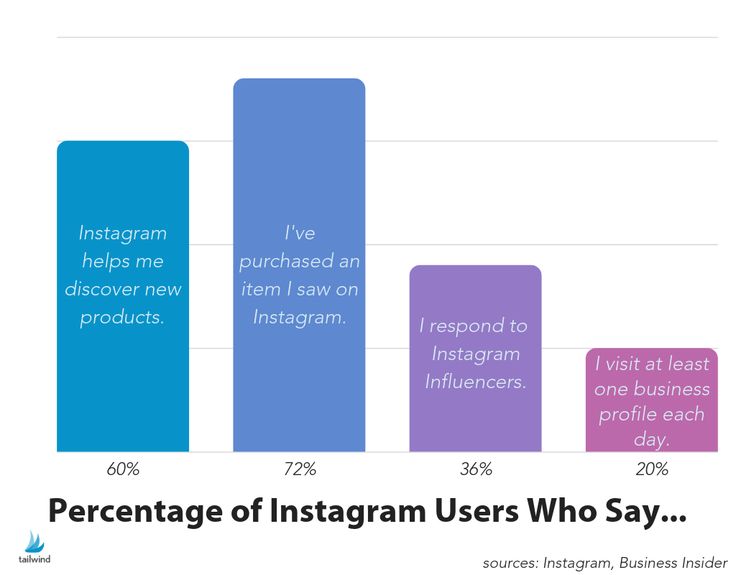
Hootsuite
Hootsuite search streams can help you discover influencers by monitoring conversations relevant to your industry across multiple channels.
Once you have an initial set of influencers in mind, add them to a stream to track what they share and who they engage with. This will help you understand their relevance to your audience while highlighting other potential influencers to work with.
Try Hootsuite for free. You can cancel anytime.
Collabstr is a free marketplace where brands can search for influencers based on platform, niche, location, and more. From there, you can place orders with influencers and communicate with them directly through the platform until the deliverables have been submitted.
Right Relevance Pro
This app can search out top content shared by influencers based on topic and location. Use it to identify thought leaders and discover potential influencer partnerships based on the quality of the content they share.
Fourstarzz Influencer Recommendation Engine
This app provides custom influencer recommendations. It helps predict estimated reach, engagements, and other campaign results and guides you in creating influencer campaign proposals.
Insense
Insense connects brands with a network of 35,000 content creators to produce custom branded content. You can then promote the content through ads on Facebook and Instagram, optimize content for Instagram Stories, and use the AI video editor to break up content into multiple videos.
Facebook Brand Collabs Manager
This free tool from Facebook allows brands to connect with pre-screened content creators on Facebook and Instagram.
Influencer marketing platforms
Want to use an influencer marketing platform to connect directly with influencers? Some of the best include:
- AspireIQ
- Upfluence
- Heepsy
Make influencer marketing easier with Hootsuite.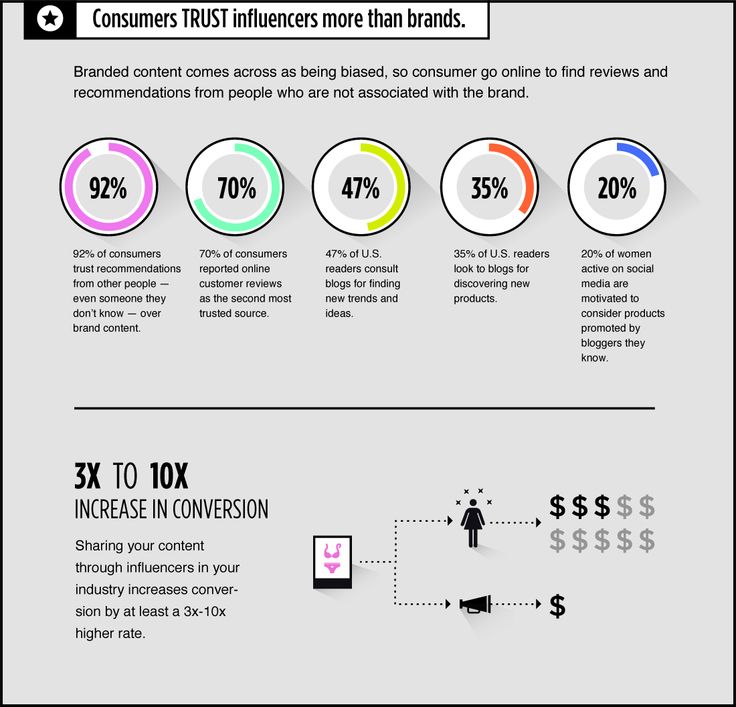 Schedule posts, research and engage with influencers in your industry, and measure the success of your campaigns. Try it free today.
Schedule posts, research and engage with influencers in your industry, and measure the success of your campaigns. Try it free today.
Get Started
*Source: Influencer Marketing Hub
Do it better with Hootsuite, the all-in-one social media tool. Stay on top of things, grow, and beat the competition.
Free 30-Day Trial
How to Find and Work With Instagram Influencers: A Complete Guide
Instagram influencer marketing can seem pretty intimidating.
To pull off a successful campaign, you’ll need to work with the right Instagram influencers. You may be asking yourself, How do I find influencers? How much is it going to cost? Will I actually make any sales doing this?
Fortunately, whether you’re a big brand or a small one, Instagram influencer marketing can work for you. This article will walk you through how to find and work with Instagram influencers, with tips for running a successful campaign.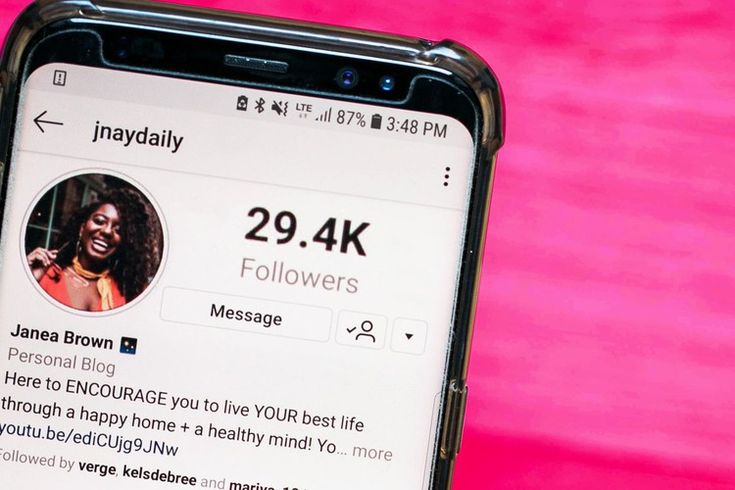
Find your ideal influencer on IG 📈
- What is an Instagram influencer?
- Top Instagram influencers in 2021
- Types of Instagram influencers
- How much do Instagram influencers cost?
- How to find Instagram influencers
- Tips for creating successful Instagram influencer marketing campaigns
- Working with the right influencers for your brand
- Instagram influencer marketing FAQ
Free Webinar:
How to Grow and Monetize Your Instagram Account
A free workshop with field-tested Instagram marketing tips. Learn how to grow your Instagram audience and monetize it with an online store.
Register now
What is an Instagram influencer?
An Instagram influencer is someone who’s built a reputation around a certain niche on Instagram. They are essentially a brand ambassador for your business.
You can think of them like Instagram celebrities within their niche. They’ll share your product with the audience in exchange for money, free products, or experiences.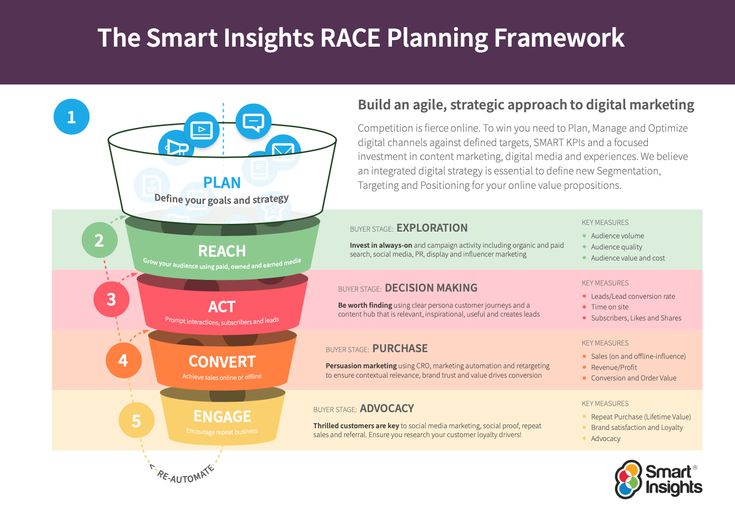
According to HypeAuditor’s State of Influencer Marketing 2021 report, the Instagram influencer market is expected to grow 15% in 2021, reaching a market cap of $5.8 billion by the end of the year.
Source: HypeAuditorInstagram influencers work to build engaged audiences that trust them and what they promote. One benefit of working with these influencers is that they create beautiful user generated content for you. Many work with professional photographers to create polished and well thought out influencer content for brands.
The best part? You get the right to use this content across your marketing assets, like for social proof on your product page or in a press kit.
Popular influencer niches include:
- Music
- Humor and fun
- Literature and journalism
- Cinema
- Travel
- Nature and landscapes
- Beauty
- Extreme sports and outdoor activities
These people have the power to affect Instagram followers’ buying habits because of their authority in a specific niche. Brands pay Instagram influencers to:
Brands pay Instagram influencers to:
- Build trust with a target audience
- Increase brand awareness
- Create valuable influencer partnerships
- Reach niche markets faster
- Make sales
You can accomplish this through sponsoring content on an influencer’s Instagram account. Smaller brands tend to avoid influencer marketing because they believe it’s too expensive or won’t work.
However, according to January 2021 research by Influencer Marketing Hub and Upfluence, 62% of marketers worldwide intend to increase their influencer marketing budgets this year.
“Although influencer marketing has experienced growth over the years, there’s no denying the pandemic expedited it for ecommerce brands,” says Jordie Black, Content Marketing Manager at Vitals.co. “It forced them to find new ways to connect with consumers. “This shift meant smaller brands were playing on the same playing field, advantaged by a preference to shop small and shop local.
“Combine this strategy with working with micro influencers, who are for the most part cheaper to work with and have stronger audience affiliations, and you have a huge narrative shift. Brands of all sizes who have been on the fence about whether influencer marketing could be a viable channel for their brand—the time to start is now.”
Top Instagram influencers in 2021
According to data from Brandwatch, these 10 accounts are the top influencers on Instagram in 2021:
- Cristiano Ronaldo, 307 million followers
- Dwayne “The Rock” Johnson, 249 million followers
- Ariana Grande, 247 million followers
- Kylie Jenner, 244 million followers
- Selena Gomez, 240 million followers
- Kim Kardashian, 232 million followers
- Lionel Messi, 224 million followers
- Beyoncé, 189 million followers
- Justin Bieber, 180 million followers
- Kendall Jenner, 172 million followers
This list may leave you a little intimidated about using Instagram influencers. Will you be able to afford Beyoncé for your next campaign? Probably not. Let’s explore different types of accounts you can work with for your next influencer marketing campaign.
Will you be able to afford Beyoncé for your next campaign? Probably not. Let’s explore different types of accounts you can work with for your next influencer marketing campaign.
Types of Instagram influencers
There are five tiers of Instagram influencers referenced by marketers: nano, micro, mid, macro, and mega. Here’s how they break down by follower count.
Nano (1–10K)
Nano-influencers are content creators, bloggers, and everyday people who have between 1,000 and 10,000 followers on Instagram. They sometimes promote products on their feeds or Stories, but being an influencer is normally not a full-time gig for them. Nano-influencers often build a lot of trust with their followers, which results in high engagement rates.
Nano-influencers tend to get higher engagement rates. My best influencers have been people that are genuinely interested in the product and eager to share it with their followers.
Rhiannon Taylor, Founder of RT1home
Since 2018, nano-influencers have shown stronger connections with their audience compared to larger accounts, with engagement rates around 5%, compared to the average rate of 2. 2% for all influencers.
2% for all influencers.
Micro (10–100K)
Micro-influencers are those with between 10,000 and 100,000 followers. Some publications claim micro-influencers have as low as 1,000 followers, but there’s no official number.
Regardless, micro-influencers make up 47% of all Instagram creators, according to HypeAuditor. These influencers may be a bit more expensive, but they still have the same personal hands-on feel as nano-influencers. This makes them a good option for promoting your business and driving sales.
Mid (100–500K)
Mid-tier influencers typically have between 100,000 and 500,000 followers on Instagram. They represent the second largest group of influencers (26%). Given this group’s follower size, they don’t have the one-to-one feel that nano-influencers have, but they have a wider reach and high engagement rates compared to marco- or mega-influencers.
Macro (500K–1M)
Macro-influencers are more well known than the first three tiers. They have upward of one million followers and lie between mega-influencers (celebrities) and mid-tier.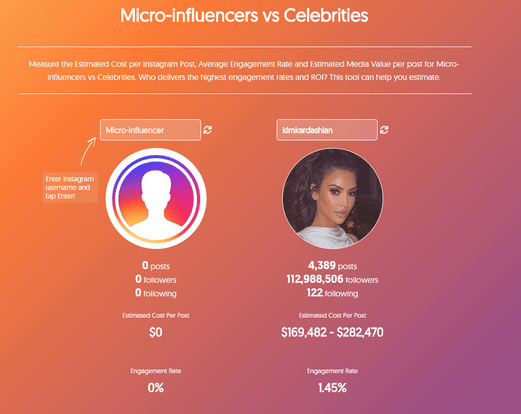
These influencers typically became famous on the web, whether it was vlogging or producing entertaining content. If you want to reach more broad categories, like “young males,” a macro-influencer is a good route to take.
Mega (1M+)
Mega-influencers are the top-tier accounts in the social media marketing world. They normally have more than a million followers and are more famous than they are influential. Their audience is diverse with different interests, and relationships are more distant.
Mega-influencers like Lele Pons or Kylie Jenner provide massive reach for a brand. These accounts are also more experienced working with brands on outreach campaigns but cost more than other tiers.
How much do Instagram influencers cost?
Fox Business reported that the average influencer on Instagram earns anywhere from $30,000 to $100,000 per year from promoting products.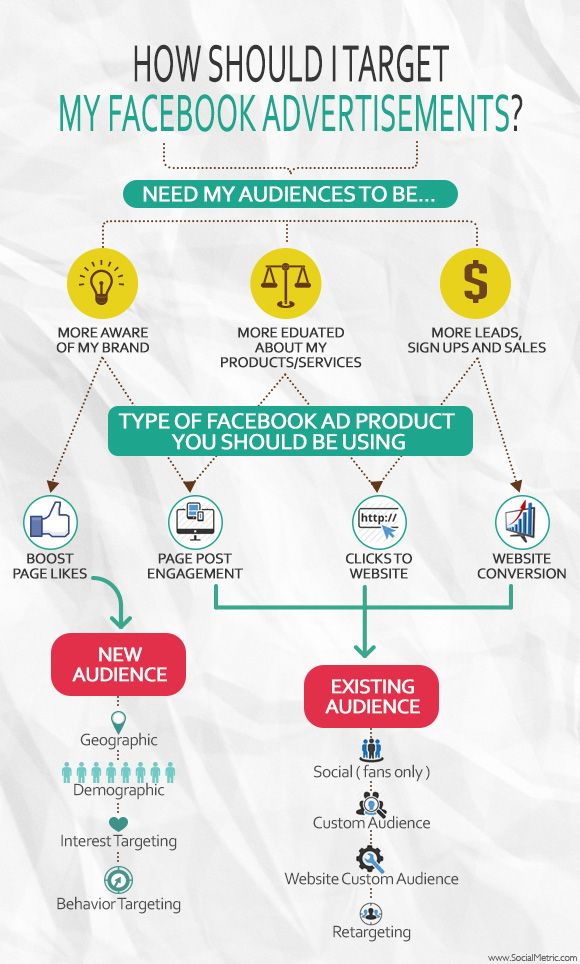 But rates for Instagram influencers vary.
But rates for Instagram influencers vary.
Influencers can make money on Instagram based on their:
- Following
- Engagement metrics
- Niche
- Demand and seasonality
- Reuse and licensing rights
- Exclusivity
HypeAuditor’s report also found that, on average, you will get $4.87 earned media value for each $1 you pay for an Instagram influencer’s promotion. Earned media value is equivalent to the cost of gaining the same reach through paid social ads among the same audience.
But how much will one Instagram influencer post cost? Based on follower count alone, social media consultant and Amazon bestselling author Andrew Macarthy identified the average cost per post you’ll pay:
- Nano (1–10K followers): $10–$100 per post
- Micro (10–100K followers): $100–$500 per post
- Mid (100–500K followers): $500–$5K per post
- Macro (500K–1M followers): $5K–10K per post
- Mega (1M+ followers): $10K+ per post
You can also use an Instagram pricing calculator like Inzpire’s to calculate the average cost of any influencer you want to work with.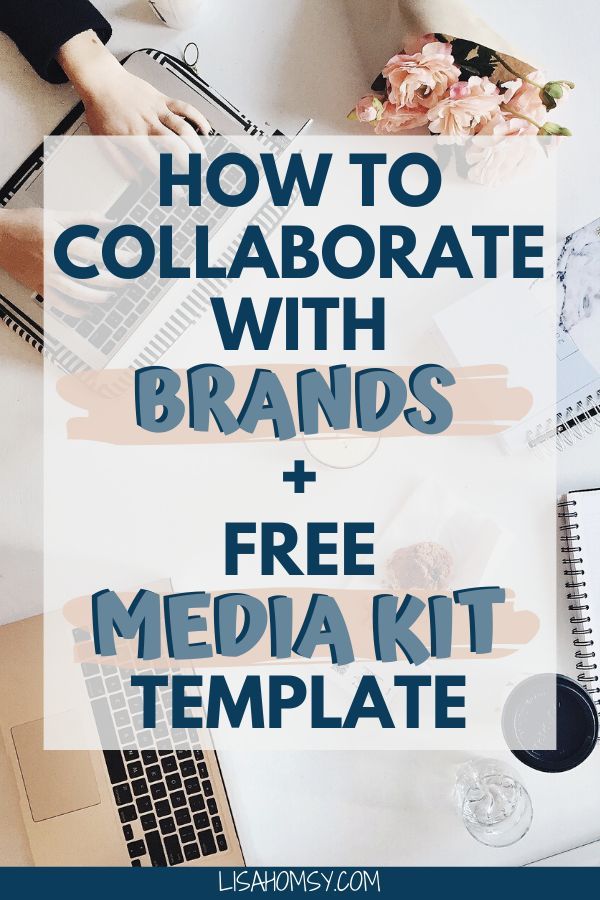
You’ll need to add:
- The Influencer’s user name
- How many posts you want them to publish
- How many Stories you want them to post
The calculator will then give you an estimate for metrics like post reach and average engagement rate, as well as the estimated price for a sponsored post.
Source: InzpireHow to find Instagram influencers
Interested in running an Instagram influencer marketing strategy but not sure where to start? Here’s how you can find an ideal influencer for your brand:
- Try an influencer marketing platform.
- Know your “why.”
- Decide if they are a brand fit.
- Check engagement rates.
- Keep your goals in mind.
Try an influencer marketing platform
Today you don’t need to go around finding potential influencers on your own through hashtags or competitors’ feeds. You can use an influencer marketing platform to assist you in finding influencers through their database and algorithms.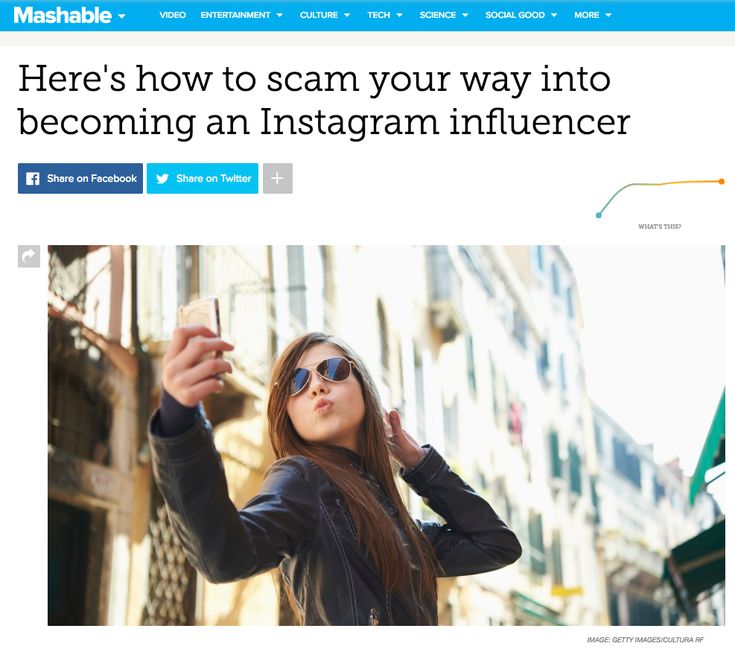
Many influencer platforms include other offerings like campaign management, marketplaces, analytics, and relationship management software to help campaigns run more smoothly.
Some platforms to check out include:
- Grin, rated among the best influencer marketing software for ecommerce brands. It offers 37 million influencers across social media platforms like Instagram, TikTok, Snapchat, YouTube, and Twitch.
- Upfluence, a self-serve platform for finding influencers used by brands like PayPal and Microsoft. You can set your own prices and find influencers to match your specific criteria.
- Creator.co, an influencer marketplace with over 500 million influencers to choose from. It offers a self-service option where you manually find influencers, as well as a “hands-free” option where you define your campaign and ideal influencer while an automated system finds the best fit.
Each platform has its own advantages and focus. However, the above three options will help you discover new influencers, manage campaigns, and provide analytics to improve your marketing efforts.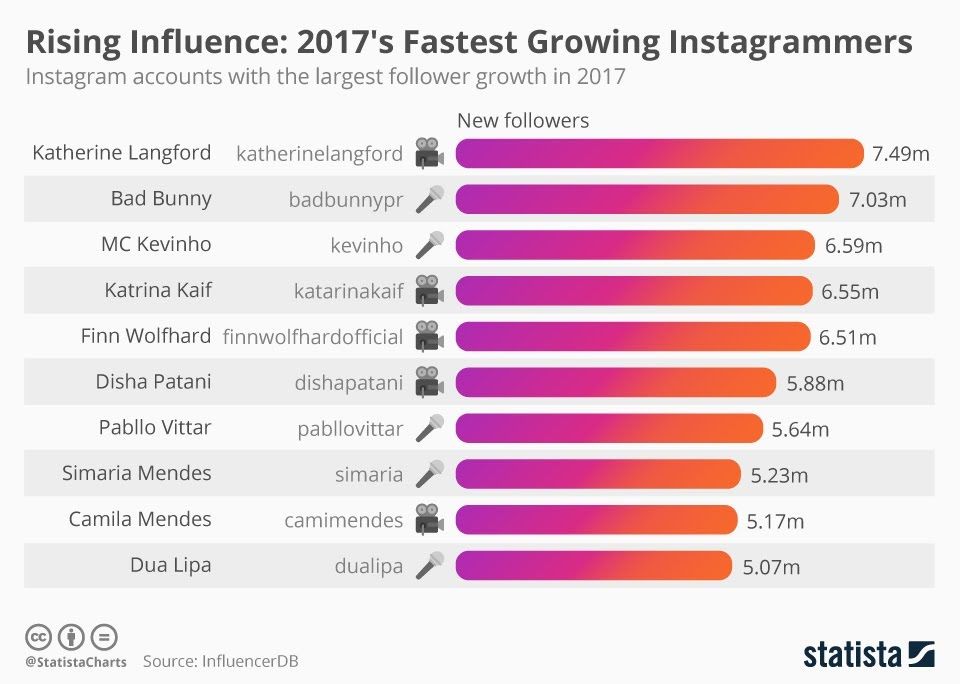
Know your “why”
“First, take a step back and ask, ‘Why do you want to work with influencers?’” says Neil Waller, co-founder of influencer marketing agency Whalar. “Because the output that you can get from working with influencers is a few different things, so the lens through which you’ll choose to vet them could be different based on your business goals.”
Neil outlined three main benefits of working with influencers, each of which is a great standalone objective:
- Tap into their knowledge of a platform and what works to create content for that platform.
- Access their audience.
- Work with them as consumers to get their feedback and perspective on your product.
But even though choosing a priority is important, Neil also points out that it’s not to the exclusion of the other outcomes. “You can achieve all three,” he says, “but you’ve got to know what your primary goals are before you can start the vetting process.”
As for that vetting process, it really boils down to two key questions: Does this person fit with your brand, and do they have a solid engagement rate?
Decide if they are a brand fit
Before you start to look at anything quantitative, like number of followers or engagement levels, it’s important to build a list of influencers you think would be a genuinely good fit for your products and your brand.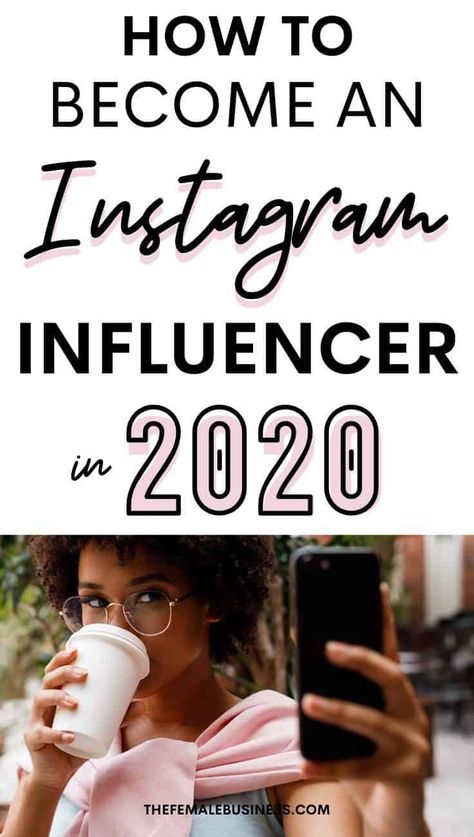 This might be an intuitive process if you have a good sense of what your brand represents, or you might need to define what makes someone a good fit, but this is the best first step you can take.
This might be an intuitive process if you have a good sense of what your brand represents, or you might need to define what makes someone a good fit, but this is the best first step you can take.
“In terms of vetting, when we did influencer marketing with Shore Projects, the first thing we said was, ‘Does the influencer we’re going to work with seem like someone we would want to be a customer, and would they actually use or wear our stuff?’” says Neil. “Because if they don’t, frankly, what’s the point in going about it?”
The intersection of your brand and an influencer’s content is going to be different for every business, but Neil offered an easy mental model to help you think through the selection process.
At their best, influencers are like magazine publishers. If you picked up a magazine, you'd have a sense of voice and tone, what the magazine stands for, and what the magazine writes about.
“With magazine publishing, that’s how you would choose whether to associate your brand with that magazine. Apply the same process to influencers.”
Apply the same process to influencers.”
Based on their Instagram Stories and feed, you should get a clear and consistent sense of who the influencer is, what topics they create content about, and their general style. If those factors match up well with your brand and your products, you can then check out their engagement rates.
Check engagement rates
Once you’ve found someone who seems to be a good fit for your brand, it’s time to sniff out whether they’ve got the community they’re promising.
It all boils down to engagement rates. While agencies like Whalar can help you determine if an influencer has the engagement you’d expect on their posts, you can also figure it out based on the public information on their Instagram profiles.
“You can work this stuff out by taking a quick glance,” says Neil. “Look at the post, look at the average amount of likes on each post. Take the last four to 10 posts, add up all the likes, divide them by the number of posts to get the average, and then divide that by the total followers.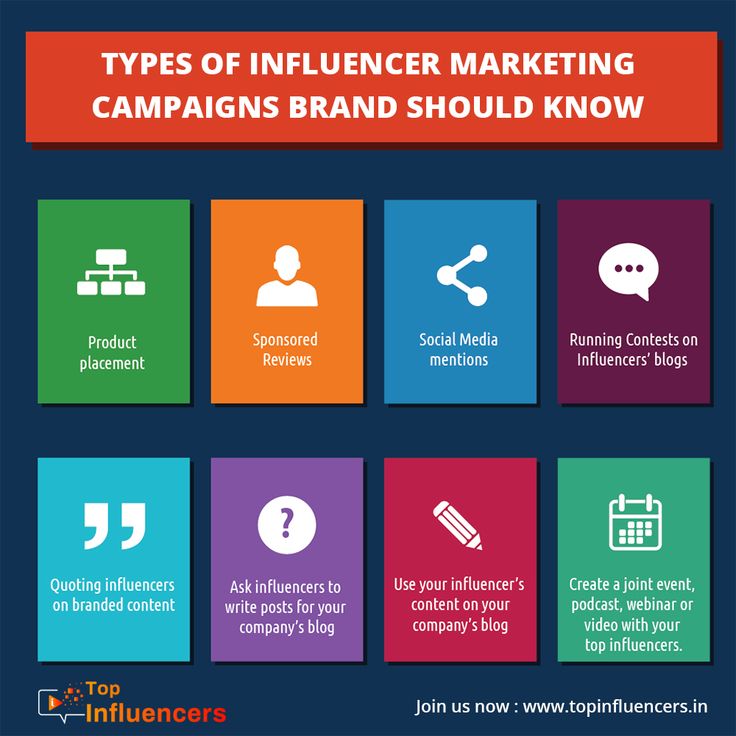 That will give you what we call the engagement rate.
That will give you what we call the engagement rate.
“As long as the engagement rate is anywhere from 2% to 3% or up, that’s a good mark of engagement. People with smaller audiences might have 8, 9, 10% engagement rates, which are really strong.”
Since Instagram isn’t just about the likes, you can also take a peek at the comments on each influencer’s posts to see what kind of conversations they’re having with the community. If the comments seem real and not just a stream of single-word sentences, that’s a good sign.
Keep your goals in mind
As you’re working through the process of vetting influencers, it’s important to keep the three key outcomes you can get from these collaborations in mind: content that works on a specific platform, access to new audiences, and feedback from a well-aligned customer.
Whichever one is your key priority, it’s important not to lose sight of the eventual outcome you hope to gain from the collaboration, and to remember that, at the end of the day, your marketing strategies should lead to work you’re proud of.
Ensuring that you’re working with people who align with your brand and have solid engagement on their platform are just two ways to make sure that happens.
Tips for creating successful Instagram influencer marketing campaigns
At this point you have a general idea of the influencers you want to reach out to. But before you get in touch with them, you need to figure out what they should post. Keep these tips in mind when reaching out to social media influencers on Instagram:
Define your goal
You’ll likely have one of three goals: build brand awareness, increase social media engagement, or get more sales. It’s important that you define success right away so you can measure results later. Consider how many products you need to sell to make a profit. Write down your goal in a Google Doc and make it specific, e.g. “Make sales, 2x the return on investment.”
Decide on a budget
Set a budget for your campaign. This may be easy to skip over as a small business owner, but you want to keep track of expenses so you know if your campaign left you in the black or in the red. If you are paying influencers in product, figure out your cost per influencer.
If you are paying influencers in product, figure out your cost per influencer.
For example, say your shipping costs are $7 and the cost to make a product is $13. Your total cost per influencer is $20. Divide that by the amount of money you want to spend on the campaign and that gives you a rough idea of how many influencers you can afford to work with.
Create an influencer media kit
Create a short document describing the look and feel of your brand. You can include top performing Instagram posts and imagery to inspire the influencer on your campaigns.
Add a brand explainer and detailed description of the product they’ll be promoting. Influencers want the product to fit their image too, so a media kit can help keep everyone on the same page.
Make outreach as personal as possible
There’s a certain etiquette to follow when reaching out to influencers. You can reach out to them through email or Instagram DM. Regardless, include why you decided to reach out and why they are a good fit for your brand.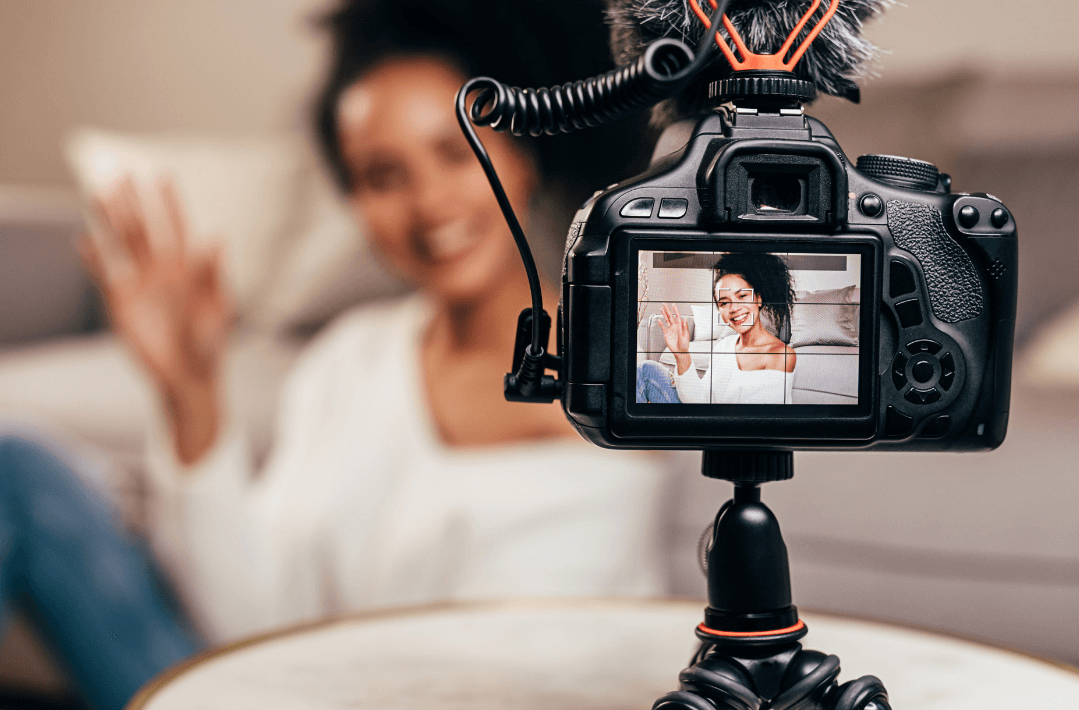 Authentic compliments are appreciated and can help your brand stand out from others.
Authentic compliments are appreciated and can help your brand stand out from others.
Some tips for sending your outreach message include:
- Be clear about what they should expect in exchange for working with your brand.
- Never offer exposure as payment. Many influencers will find it offensive.
- Keep your message short and to the point.
- Try email first, then follow up through Instagram DM if they don’t respond
Always review your goals and objectives with the influencer before deciding to work together.
Read more: Go Beyond Likes and Follows: How to Create a Social Media Strategy That Sells
Working with the right influencers for your brand
As you can see, Instagram influencers can make a huge impact on your social media marketing efforts. They have the trust of an engaged audience, can create beautiful content for your brand, and bring you an authentic type of exposure you can’t get with traditional advertising.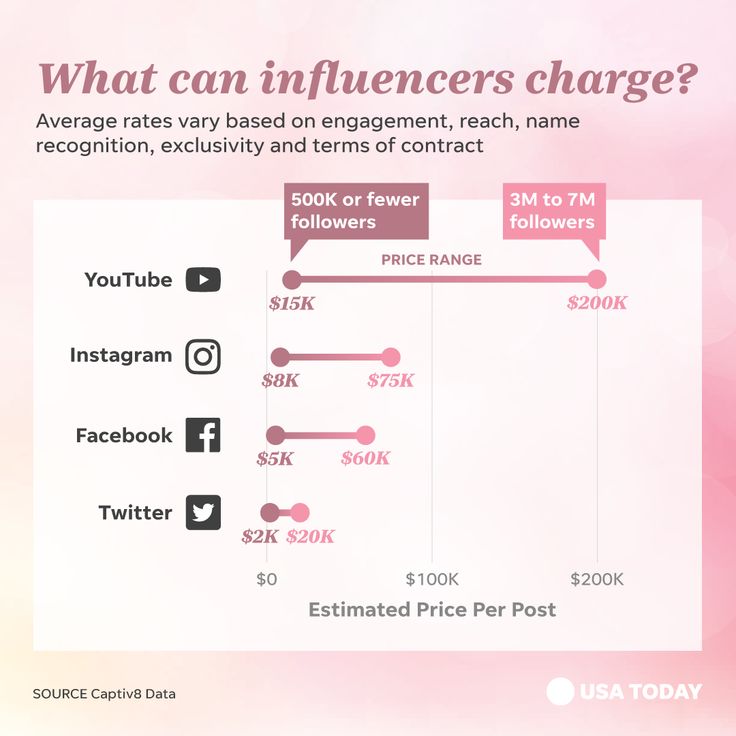
Use this guide to find relevant influencers your customers trust and who fit within your budget. Then see if they are up to collaborating on a campaign together. You’ll soon start to see the value of working with Instagram influencers first hand.
Ready to create your business? Start your free trial of Shopify—no credit card required.
Instagram influencer marketing FAQ
What’s the difference between influencer marketing and advertising?
Advertising makes a product or service known to a large but often broad audience. Influencer marketing uses research and data to align a product with a specific demographic and encourage them to buy. Instagram users trust influencers more than traditional ads, which makes this strategy more effective.
How impactful is Instagram influencer marketing?
Instagram influencer marketing is a multibillion-dollar industry. Ecommerce brands can use this digital marketing strategy to reach target markets, build trust with the right audiences, and make direct sales faster.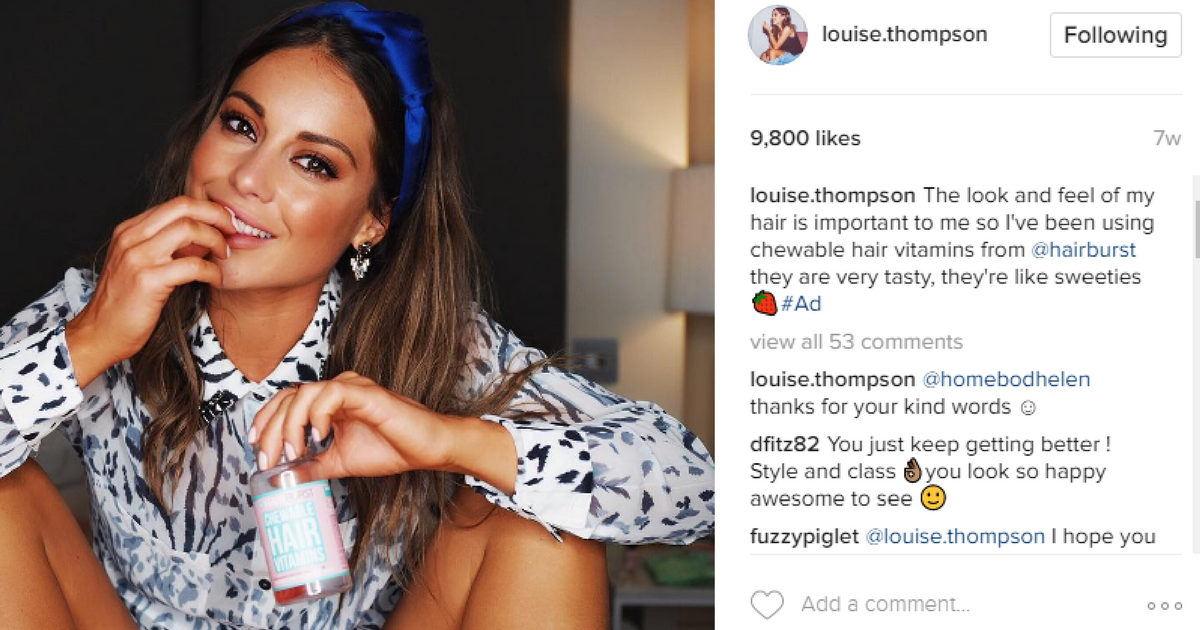 The rise of micro influencers—accounts with small but engaged followings—have made it affordable for small businesses to use Instagram influencers to grow their brand.
The rise of micro influencers—accounts with small but engaged followings—have made it affordable for small businesses to use Instagram influencers to grow their brand.
How much do Instagram influencers charge?
- Nano (1-10K followers): $10-$100 per post
- Micro (10-100K followers): $100-$500 per post
- Mid (100-500K followers): $500-$5K per post
- Macro (500K-1M followers): $5K-10K per post
- Mega (1M+ followers): $10K+ per post
What is the best way to reach Instagram influencers?
Reach out to Instagram influencers by email for the first official ask. Most influencers have their email address on their Instagram account, or you can go to their website contact page to find it. If they don’t respond to your email, send an Instagram DM to follow up.
How to work with bloggers on Instagram and attract an audience from online to offline - Marketing on vc.ru
Chizhov Studio tells how to attract an audience to events and offline points of sale using influencers.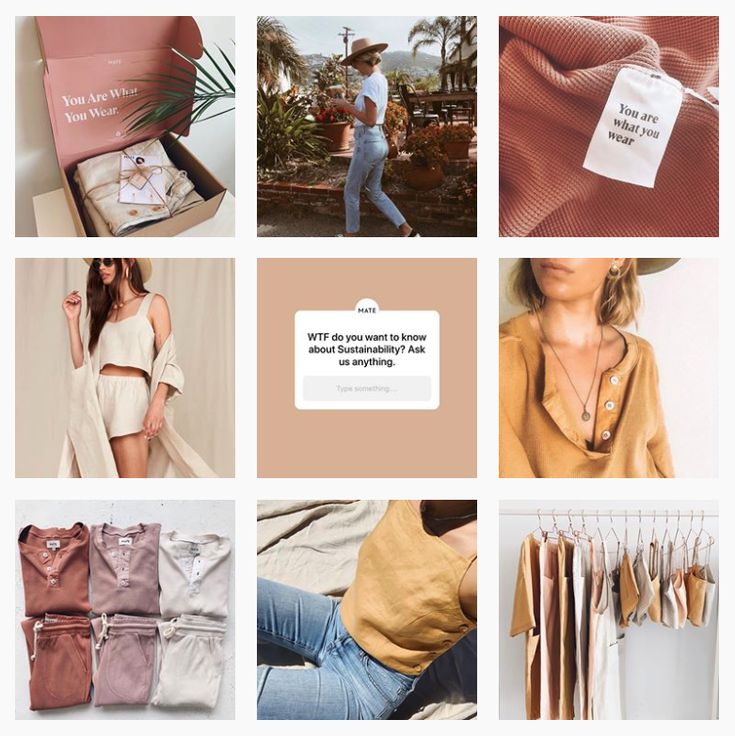
2640 views
Collaboration with influencers is one of the most effective O2O marketing tools that helps to increase the efficiency of offline sales and increase brand awareness among the blogger's audience.
In this article we describe what mechanics are used to solve these problems. nine0003
O2O Marketing in Brief
O2O (offline-to-online) marketing is attracting an audience to offline channels using Internet marketing tools. One of these tools is working with influencers on social networks. This direction is suitable for business areas that mainly interact with customers offline: beauty salons and other service businesses, shopping centers, furniture stores, etc.
O2O marketing allows:
- realistically assess the effectiveness of advertising campaigns on the Internet;
- increase sales through the interaction of online and offline channels;
- provide a more diverse and interesting shopping experience for consumers;
- more accurately build a buyer persona through data collection and analysis to create the most effective business promotion strategies.

O2O marketing tools help spread the word about your business both online and offline. This allows you to create a brand image, increase the attendance of outlets and, accordingly, increase sales. nine0003
O2O marketing can be used to sell:
- FMCG,
- non-food items,
- cosmetics,
- clothing and footwear,
- vehicles and components.
Direct advertising
The simplest mechanics for attracting customers offline is direct advertising from bloggers. The essence of such cooperation is that the influencer talks about the goods / services of the promoted brand in his blog as a personal recommendation. nine0003
Advertising beauty master as a personal recommendation of blogger
Purpose: increase awareness, increase sales.
Offline event with blogger
For a brand, events have the goal of selling a product or service.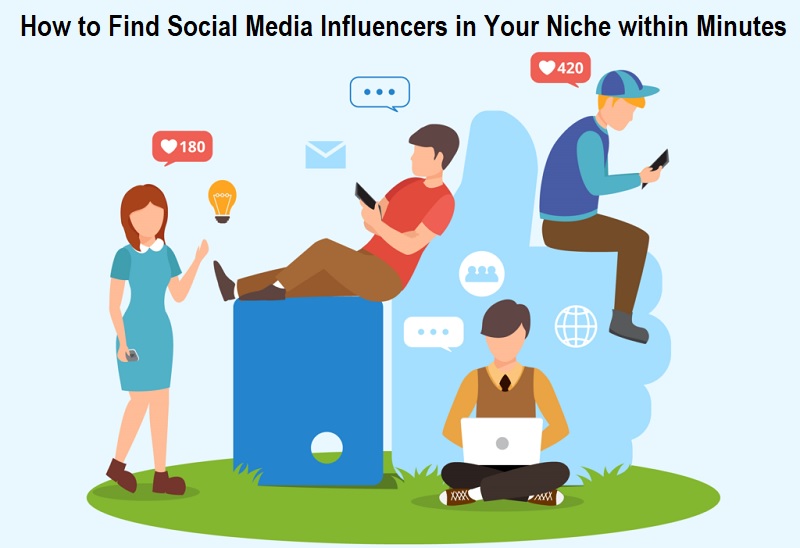 The influencer provides the event with its audience and helps to create a positive brand image for it.
The influencer provides the event with its audience and helps to create a positive brand image for it.
For example, if a brand collaborates with well-known media personalities and millionaire bloggers, the influencer can act as a host or hold an autograph session. The blogger's audience will gladly come to the event to meet their idol. nine0003
Several macro influencers with the right audience can be invited to a private branded event and get maximum advertising coverage.
Jim Beam organizes a party with macro influencers: announcement on the blog of Instagram model Polina Chistyakova (Poposha)
The purpose of the event: to increase awareness of the Jim Beam brand among the youth audience.
Live with blogger
nine0013 The brand invites a blogger to an offline event as a participant or presenter. You can choose any format of the event: a product review, a test of services, a consultation, a raffle, etc. The live broadcast can be held in the brand account or with a blogger. In the first case, the blogger announces it, attracting his audience.
The live broadcast can be held in the brand account or with a blogger. In the first case, the blogger announces it, attracting his audience.
This type of cooperation is suitable for both large brands and local offline stores.
The blogger invites subscribers to a live broadcast with his participation
Then he spends it in his account, mentioning the brand
The purpose of the mechanics: increase brand customer loyalty, increase brand awareness.
Events
Events are a lighter version of ambassadorship. This form of brand-influencer collaboration is usually short-lived.
For example, a brand invites an influencer to a series of offline events to show production, test services, etc. At the events, the influencer creates content for his blog mentioning the brand. nine0003
Miele appliances brand repeatedly invites a culinary blogger to test products.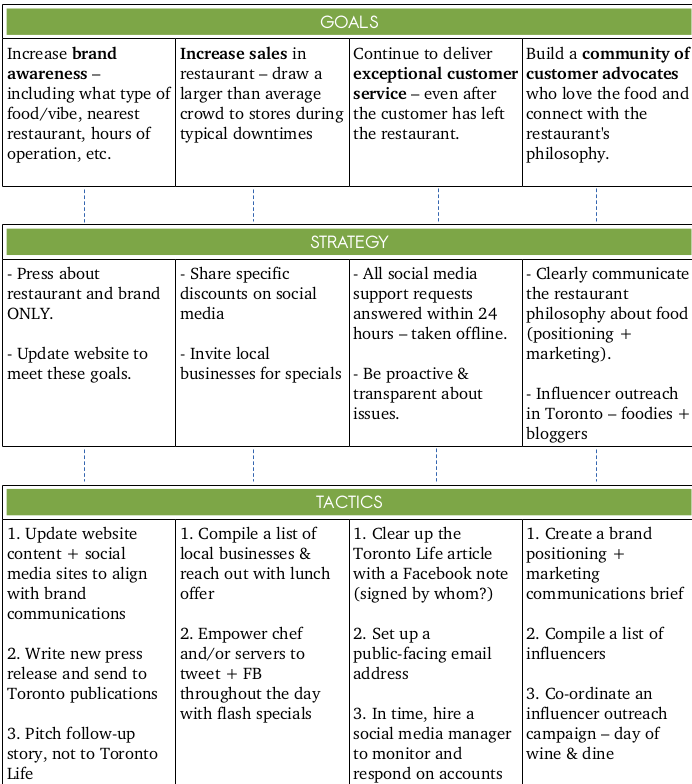 Videos are released in the blogger's account
Videos are released in the blogger's account
The purpose of the mechanics: building a brand image, increasing awareness.
Competition
Bloggers and brands can organize joint contests. As part of the campaign, the brand acts as a sponsor. In turn, the opinion leader announces the contest in his blog.
Thus, the brand raffles off a product/service that can be purchased at the company's offline facility, and the blogger ensures audience growth and stirs up its interest. nine0003
Magnit and Coca-Cola hold a joint drawing with the participation of millionaires: announcement in the culinary blog
The purpose of the mechanics: to increase traffic to offline stores, to increase sales.
Collaboration
This format is suitable for brands that collaborate with millionaire bloggers. The style and unique qualities of a blogger are transferred to a product (stock, product, etc.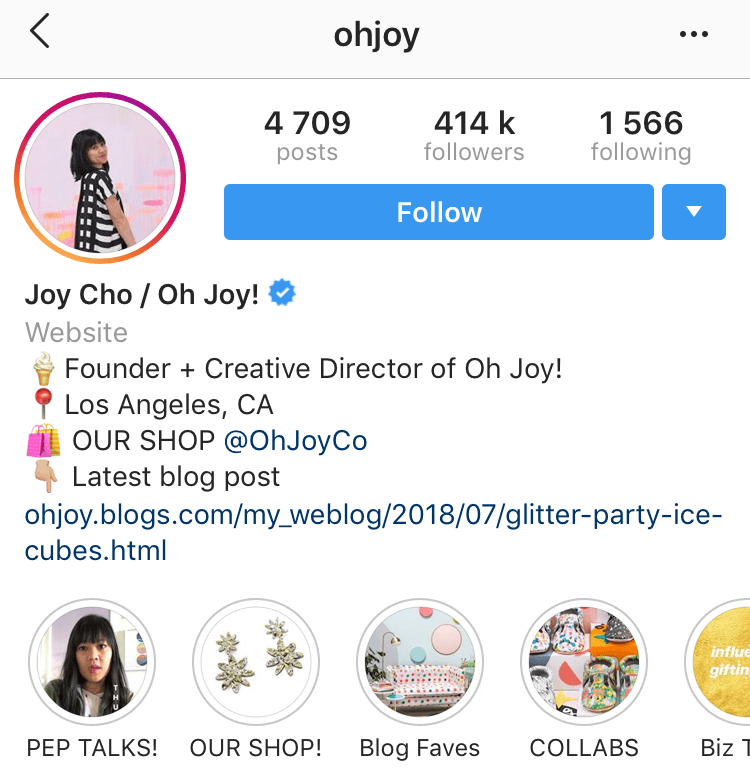 ), which can be purchased at a promoted offline point. In the meantime, the influencer is announcing the promotion on his blog. nine0003
), which can be purchased at a promoted offline point. In the meantime, the influencer is announcing the promotion on his blog. nine0003
Collaboration stands out from other types of advertising due to its uniqueness. People are more interested in purchasing a product/service from a limited collection than paying for general conditions that are always available, or they are fans of an influencer who participates in a collaboration.
Magnit has released a limited series of Lays chips with Nastya Ivleeva
The purpose of the mechanics: to increase the attendance of offline stores of the Magnit retail chain, to attract attention with a unique product that is not available in other stores. nine0054
Joint product
From collaboration, you can go to a more complex format of cooperation and release a joint product. Influencers in this case are not only responsible for product promotion, but also participate in product development together with the brand.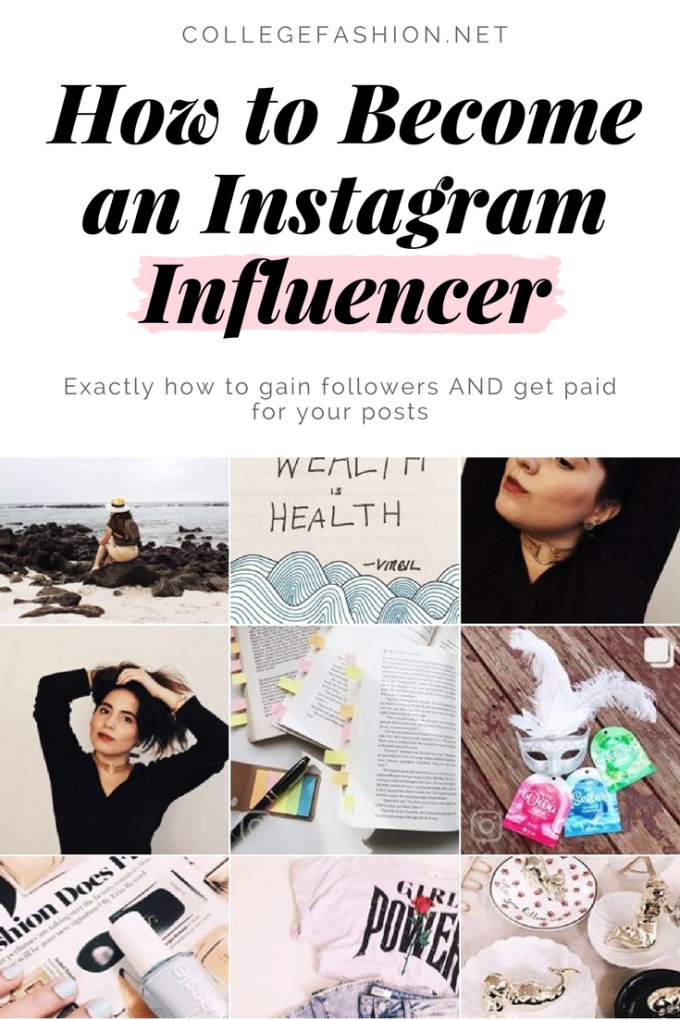
Thus, bloggers directly pour their audience into the brand. The uniqueness of such products is not only in involvement with the opinion leader, but also in the product itself.
L'Etoile has released a cosmetic product, in the development of which Olga Buzova took part
The purpose of the mechanics: to increase sales of the L'Etoile brand and increase traffic to offline stores.
Cross promotion
As part of a large cross-promotion, a brand that promotes its offline properties acts as a partner offering a discount/promotion on its product/service.
For example, Tele 2 conducts an advertising campaign: popular city establishments act as partners. The brand has launched a promotion where their customer can purchase a raffle item - a free drink at a partner restaurant. Customers can take part in the promotion more than once. nine0003
There is an exchange of audiences and an increase in loyalty from customers of the brand
The purpose of the mechanics for partners with offline points: to increase the attendance of offline objects.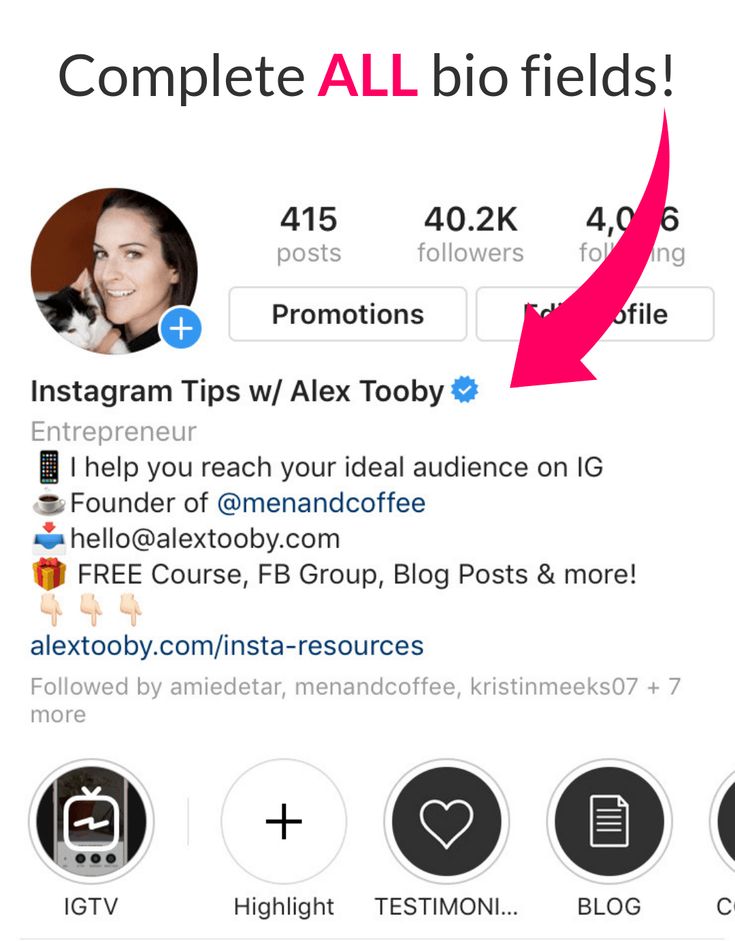
How to evaluate the result of work
To assess audience engagement in offline channels with the help of influencers, we use the following metrics: nine0019 if for mechanics it is necessary to evaluate link clicks when placing ads with bloggers, we use UTM tags. The price of the transition is calculated by the formula: cost of advertising / number of transitions.
Conclusion
Chizhov Studio can implement O2O marketing projects of any complexity:
- developing a promotion strategy,
- we develop creative concepts,
- we select influencers for tasks,
- we organize filming and production,
- we monitor work efficiency.
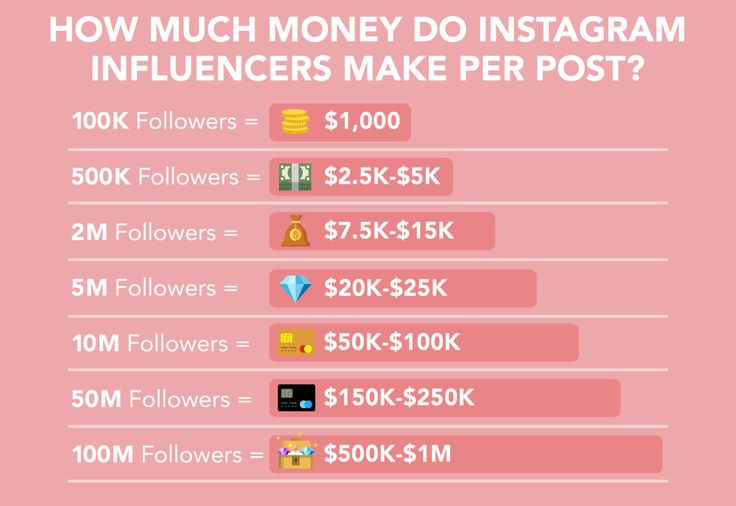
how businesses work with influencers
By staying on our site, you agree to our use of cookies. Details in our privacy policy. nine0003
Good
Wallet app blog
Working with influencers is becoming one of the standards for business promotion in social networks. Statistics show that the influencer marketing market will only continue to grow and develop - 80% of marketers confirm the effectiveness of cooperation with bloggers. So it is important to understand who influencers are, how to work with them and how much it will cost, it is important now.
Influencers are social media users with large and loyal audiences. In most cases, their blogs have a specific direction, and these people act as opinion leaders in their field. nine0003
Let's figure out why businesses should pay attention to influencer marketing, how to find a blogger who will be as effective as possible, build relationships with him, and what mistakes to avoid when building a campaign.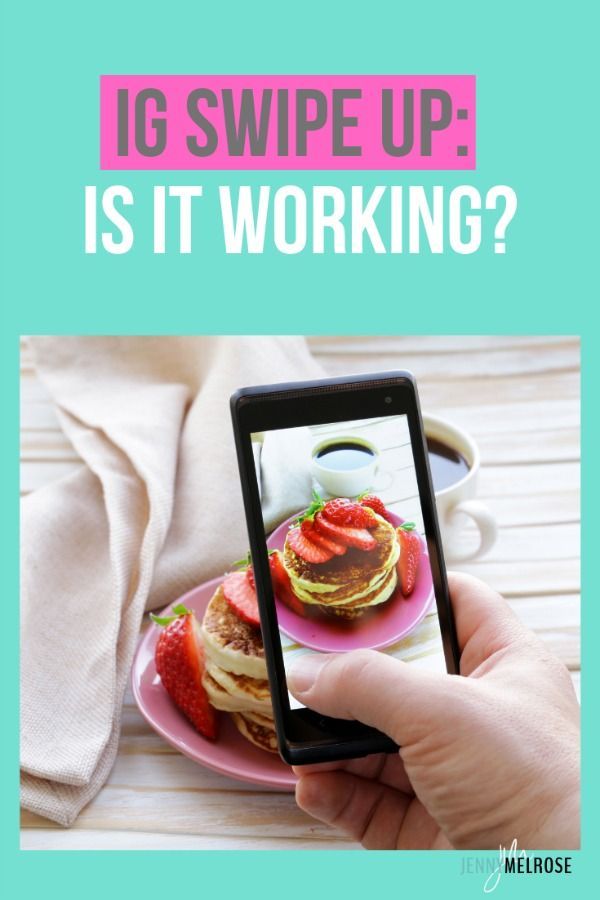 In the middle of the article, a bonus is a brief for bloggers that you can use in your work.
In the middle of the article, a bonus is a brief for bloggers that you can use in your work.
The benefits of working with influencers
The main values of working with influencers are:
- Increasing brand awareness. 89% of marketers believe that influencer marketing is as effective as other communication channels, or even more effective. Another 71% of respondents say that traffic from influencers is better than from any other advertising source. What's more, the quality of leads that a company will receive through influencer marketing is higher than from other promotional channels.
- Customer confidence and reach growth. Most influencers have worked long and hard to build a loyal community around them with similar hobbies. This means that their audience is not random passers-by who just like beautiful pictures, but interested and motivated people. And if a favorite blogger uses a product or service, their followers will want to try it too.
 Surveys show that 85% of consumers trust online reviews and recommendations from influencers. The main thing is to choose a blogger whose direction resonates with your business. nine0020
Surveys show that 85% of consumers trust online reviews and recommendations from influencers. The main thing is to choose a blogger whose direction resonates with your business. nine0020 - Variety of content. Most often, influencers have a certain style and presentation of material that they have shaped and honed over time. It is most likely that the advertising post will be sustained in the same vein.
- High ROI. The return on investment will be different depending on the direction of the business, the literacy in the selection of a blogger and the success of the campaign as a whole. However, statistics for 2019 show that ROI is on average $5 in profit for every dollar invested, and in some cases can be as high as $18 in profit. nine0020
How to find influencers for your business
First of all, you need to decide what audiences and budgets you want to work with. It is possible to order advertising from big bloggers with several million subscribers, but it is not certain that the investment will pay off or that your business services will be relevant to their audience. There are also influencers with average reach and the number of subscribers, which is in the tens of thousands. And finally, there are micro- and nano-influencers with very small audiences of a few thousand. Businesses often underestimate them as an advertising channel, but these bloggers often have the most loyal and engaged followers. nine0203
There are also influencers with average reach and the number of subscribers, which is in the tens of thousands. And finally, there are micro- and nano-influencers with very small audiences of a few thousand. Businesses often underestimate them as an advertising channel, but these bloggers often have the most loyal and engaged followers. nine0203
Influencer search channels:
- Google keyword search for business. Your ideal influencer is already working in your niche and creating content that is relevant to your product. For example, if your company is in the watch industry, you could use the phrases "lifestyle influencer" or "fashion". Also pay attention to articles on the topic or collections of creators - perhaps there you will find a suitable blogger.
- Search in social networks. In most cases, influencers create content for social media. Use the search by hashtags, geolocations, keywords in the profile description. Take a look at the comments on the most popular posts in your field - potential partner bloggers could check in there as well.
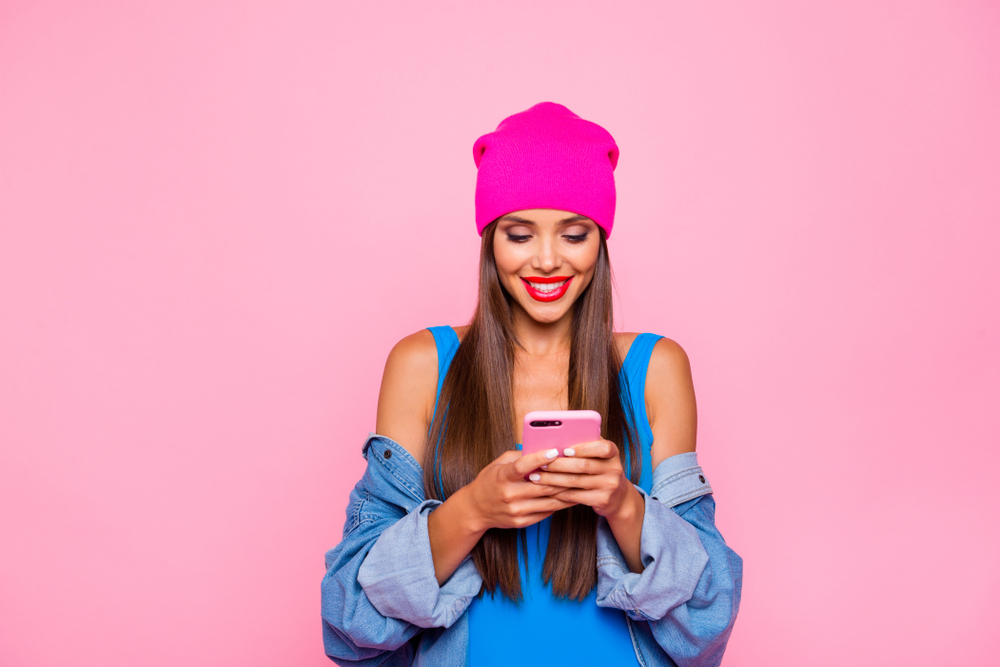 nine0020
nine0020 - Competitor research. Find accounts of large and successful businesses that work with you in the same field and see which influencers they have collaborated with. The main thing is that the bloggers found in this way should not be brand advocates – in this case, they will remain true to their preferences. In addition, the contracts of some companies may contain clauses about the impossibility of simultaneous advertising of competitors. Familiarize yourself with legal intricacies before drafting a contract.
- Influence marketing agencies. Demand creates supply, and there are many agencies that work with bloggers. A short Google search will help you find suitable resellers. They usually charge a percentage for their services - in most cases this will be included in the contract.
- Blogger exchanges. A fairly quick and relatively safe way to find the right influencer. In this case, the exchange will become the guarantor of your transaction with the blogger. The most popular platforms for finding influencers are GetBlogger, LabelUp or BuzzStream.
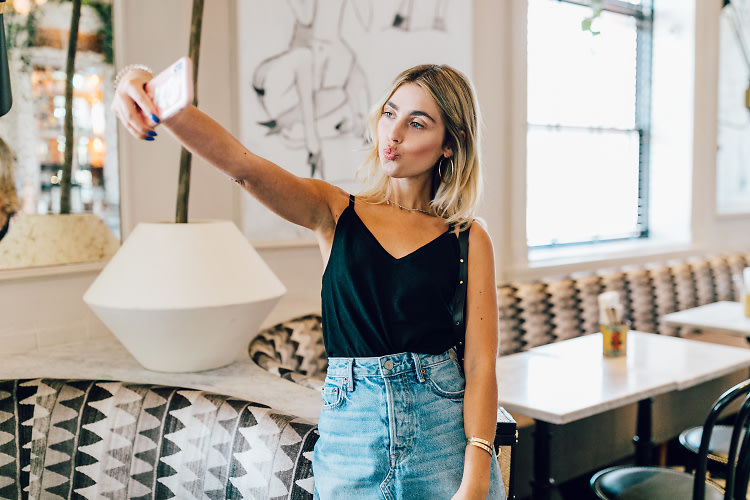 There are also services for checking bloggers - for example, klear, YouScan or trendHERO. nine0020
There are also services for checking bloggers - for example, klear, YouScan or trendHERO. nine0020 - Call to influencers on your company page. You can let bloggers know that your brand is open for collaboration. To do this, place on the site and in social networks a plate with the contacts of the advertising department or influencer and invite influencers to send their proposals to this address. Interested influencers will send you blog information and key metrics themselves.
How to build a strategy for cooperation with influencers
After the influencers are found, you can start developing an advertising campaign. Ideally, the process should be built according to the following scenario:
Set goals
The goals of your future influencer campaigns could be:
- to increase brand awareness,
- to attract a new target audience,
- to introduce potential customers to a new product at the start.

However, the more specifically the goal is formulated, the clearer will be the steps to achieve it. Let's say if the main goal is more sales, it is better to formulate the goal in more detail: "raise sales by 20% within three months." nine0203
Get to know your future audience
An effective marketing strategy requires a good knowledge of your target audience. You need to know exactly who you want to sell your product to. For example, it is unlikely that a company will turn to a beauty influencer if it produces car parts. Invest time and effort in research bloggers and their audience, and then you will be able to find a target audience that is relevant to the product.
Set a budget and select an influencer
The budget will depend on the size of the business and product. If your company is a small startup that has recently entered the market, it would be wise to turn to nano- or micro-influencers. On the other hand, larger businesses can order ads from bloggers with hundreds of thousands of subscribers - but remember, this is not always a guarantee of success. Here it is appropriate to return to the previous section on finding influencers and use it as a guideline, and the average rates can be seen in the table below. nine0203
Here it is appropriate to return to the previous section on finding influencers and use it as a guideline, and the average rates can be seen in the table below. nine0203
In my opinion, in Russia the cost of advertising for bloggers is somewhat lower. As a rule, cooperation with micro-influencers costs from 2,000 to 20,000 rubles, with influencers - from 20,000 to 150,000 rubles, with macro-influencers - from 150,000 to 20,000,000 rubles.
Anna Sushinskaya, influencer manager at the Wallet app
Establish contact with the influencer and think over the terms of the deal
The blogger’s brief should specify the type of content, the number of posts about the product, the company’s tone of voice, and designate the influencer’s reward. Present the product to the creators in as much detail as possible so that they know exactly how to show it. Determine who exactly is writing the script for the content - your company or influencer.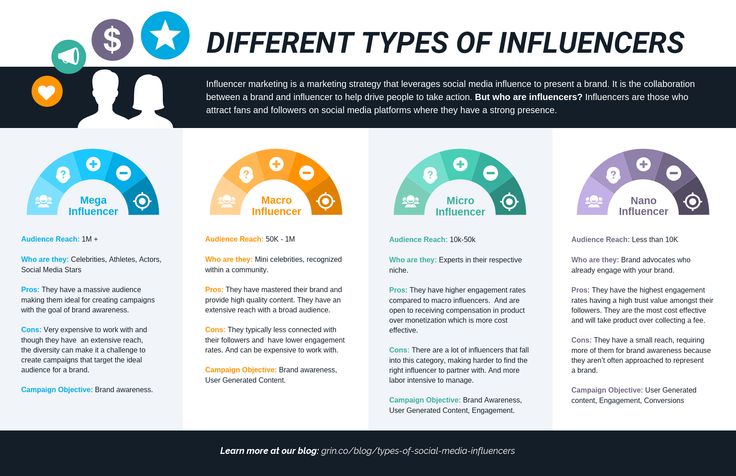 Define tools to track campaign progress. nine0203
Define tools to track campaign progress. nine0203
If you still find it difficult to think of a campaign on your own, you can use our brief template for working with influencers. Download the table and fill it with your company data.
Track progress
After the campaign is over, measure its results. This can be done as follows:
- using the built-in metrics of the social network where the campaign was carried out - for example, you can look at the coverage on Instagram;
- for UTM tags; nine0020
- by the number of clicks on your product page;
- ROI - it can be measured by dividing the profit from the campaign by the reward of the influencer;
- by the number of followers in your product's social media account campaign and reach.
Fill out the questionnaire and evaluate the benefits of the Wallet for business: with us you can launch your loyalty program, advertising campaign or use financial products.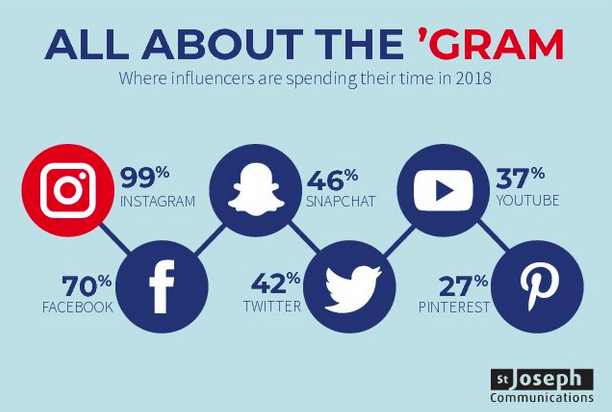
Connect your company
to the Wallet app
Attract new customers among the 33+ million audience of the app and get an additional channel for communication with the audience — through push notifications, promotions and special offers.
| Connect company |
Successful marketing of influence
Gopro collaborates with video and photo bloggers and uses UGC
for its campaigns GOPRO is usually involved brand and share opinion in social networks. An additional bonus for the company is a decent amount of cool content from influencers. GoPro also loves UGC (User Generated Content), so it posts photos and videos of subscribers on Instagram. nine0003
The brand's campaigns work because they have managed to find niche creators in different directions, but with the same background: quality visual content creation.
Source: Instagram @micbergsma
Sony Playstation relies not only on macro but also on nano influencers
on YouTube. The results were pretty decent: even posts from bloggers with small audiences got up to 12,000 likes and more than 200 comments. The average engagement rate was 3.64% on Instagram and 3.19% on YouTube. This is another example when a business did not bypass small creators and only benefited from it.
The results were pretty decent: even posts from bloggers with small audiences got up to 12,000 likes and more than 200 comments. The average engagement rate was 3.64% on Instagram and 3.19% on YouTube. This is another example when a business did not bypass small creators and only benefited from it.
Source: Instagram @stalman
Organic Kitchen bets on co-branded products
Organic Kitchen has a campaign where a beauty brand collaborates with popular influencers to develop products. Each time the company chooses experts in their field - hairdressers, artists or musicians - and invites them to create a unique cosmetic product. This strategy brings good results due to the versatility of bloggers, the creativity of the approach and the uniqueness of the final product. nine0003
Source: Instagram @aniegoista
Brands are replacing real influencers with virtual ones
Virtual or digital influencers are fictional characters who are completely imagined by creators. Both externally and in the style of communication, these bloggers are similar to people, they “go” for walks, to parties, meet friends and even earn money on advertising campaigns.
Both externally and in the style of communication, these bloggers are similar to people, they “go” for walks, to parties, meet friends and even earn money on advertising campaigns.
Collaboration with a virtual influencer is a big news story for a brand. Many Russian companies have already tried and loved virtual influencers – for example, eyewear brand Fakoshima collaborated with digital model Aliona Paul. nine0003
Source: Instagram @aliona_pole
Global brands are also paying attention to digital influencers. For example, supermodel Shudu. Hyundai, Cindy Crawford and Lexus collaborated with her.
Source: Instagram @shudu.gram
There are downsides to this type of collaboration, such as the uncanny valley or uncanny valley effect that real people who have seen the ad can experience. The essence of the effect is that a robot or other inanimate object causes dislike and rejection in the viewer: not everyone trusts a polished picture on Instagram, especially if the model is a non-existent person.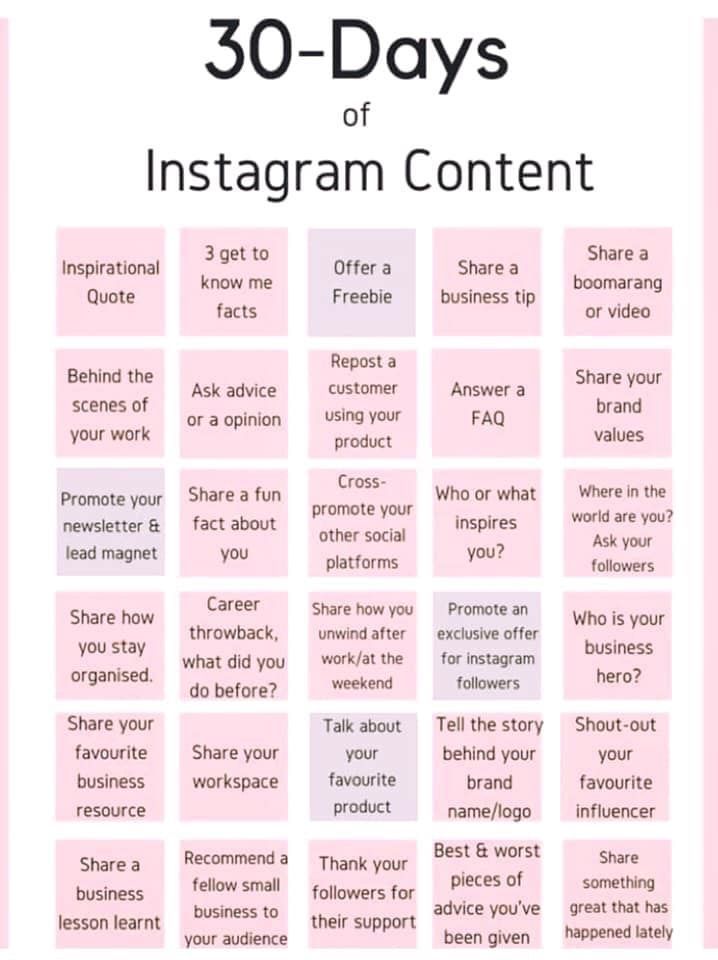 nine0003
nine0003
Mistakes in working with influencers
Mistake 1. Fuzzy goals. If at the beginning of the campaign the goal was not formulated and communicated to the blogger, advertising can bring more headaches than profit. Sometimes during the development of a campaign, goals can be forgotten, so it's a good idea to write them down somewhere in a huge font and look at it periodically.
Error 2. Wrong target audience. It might be tempting to represent your brand on Ronaldo's 360 million followers, but a Japanese company that makes facial gymnastics gadgets might just be misunderstood. This is a real case in marketing, which is traditionally included in the lists of epic fails in collaboration with influencers. The Japanese brand Facial Fitness PAO was inspired by the audience of a football player and made him the face of his product. No one understood anything, and the only reward for the campaign was negative virality. Do not focus solely on the number of subscribers - take into account the interests and engagement of the audience. nine0003
Do not focus solely on the number of subscribers - take into account the interests and engagement of the audience. nine0003
Error 3. Incomplete or redundant product information. Influencers should provide details and restrictions on what they will be promoting to reduce content iterations. And vice versa - an excessive abundance of information can limit the flight of thought and lead to an unsatisfactory result. Moreover, excessive edits can also hurt: leave the voice of influencers and their approach to presenting the material so that the ad looks as native as possible.
Error 4. Breaking links after the end of the advertising campaign. Try to maintain relationships with bloggers even after the end of the advertising campaign - long-term cooperation and several publications will bring better results than a one-time promotion. nine0003
Note
Influencer marketing has continued to gain momentum for several years, and brands should pay attention to advertising "by people for people.




